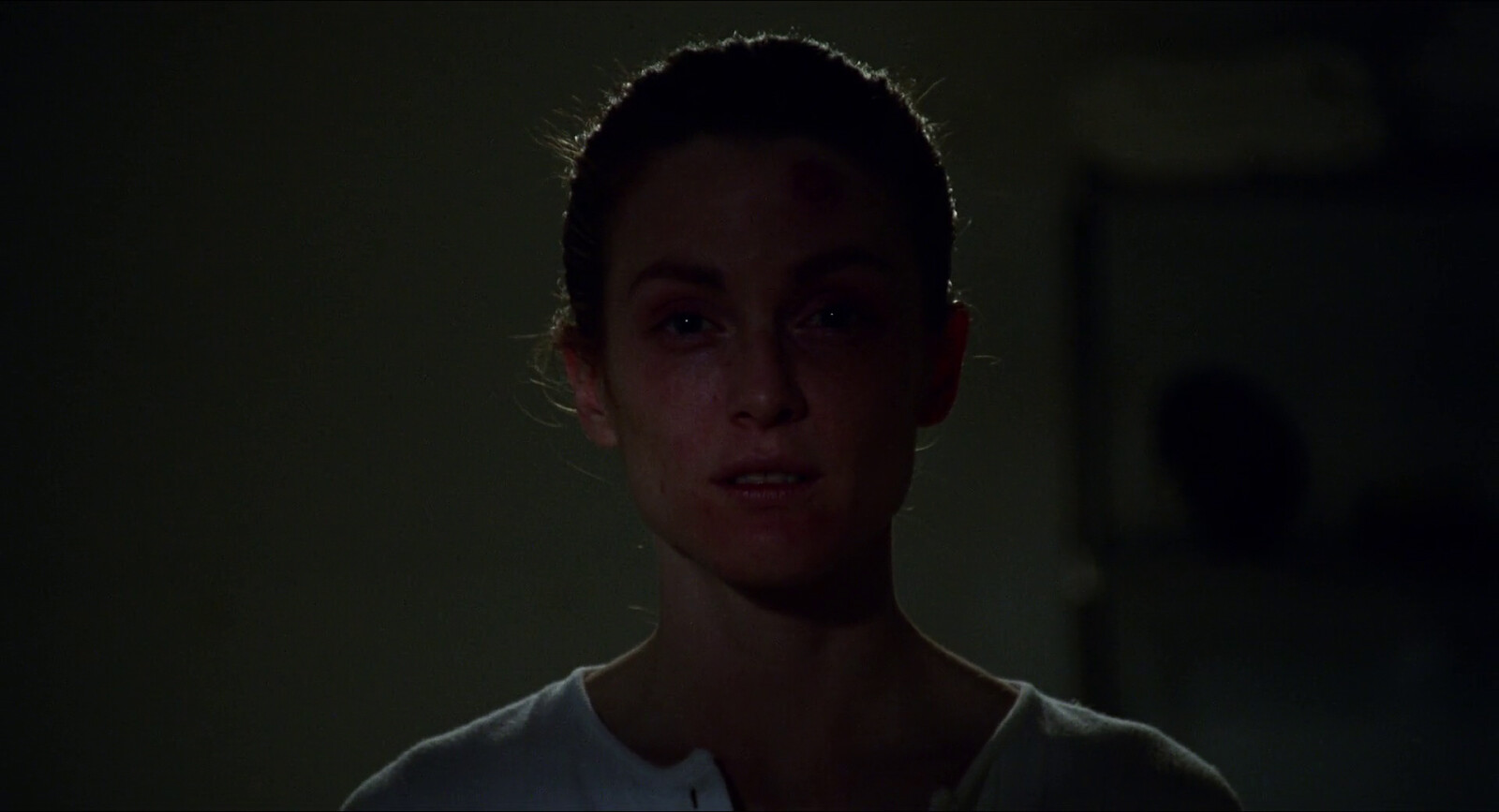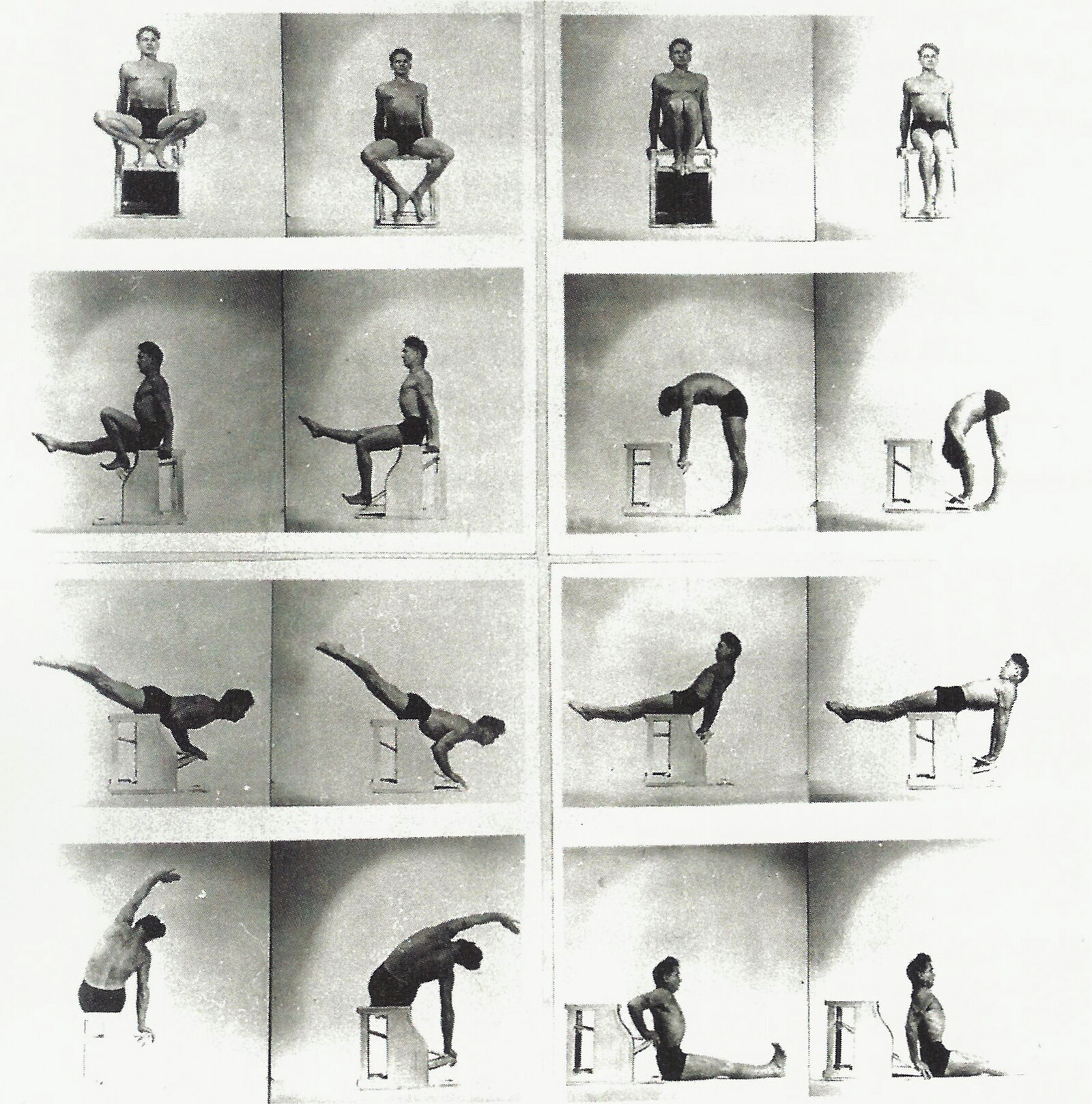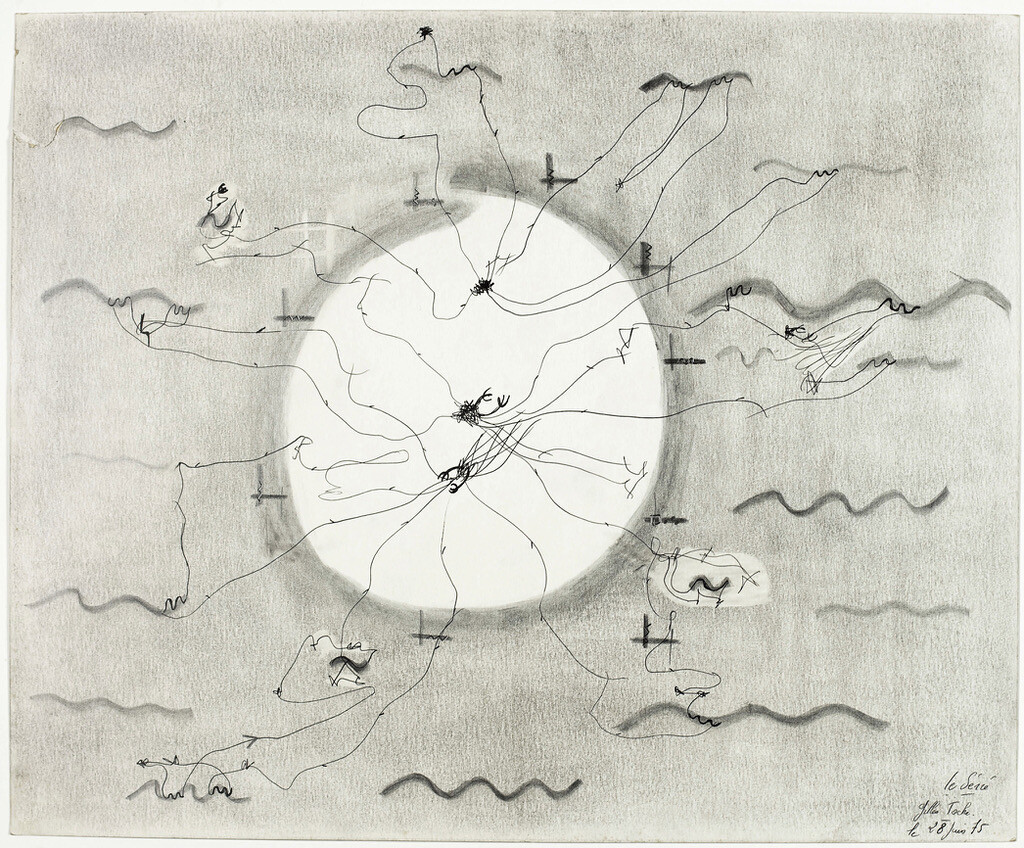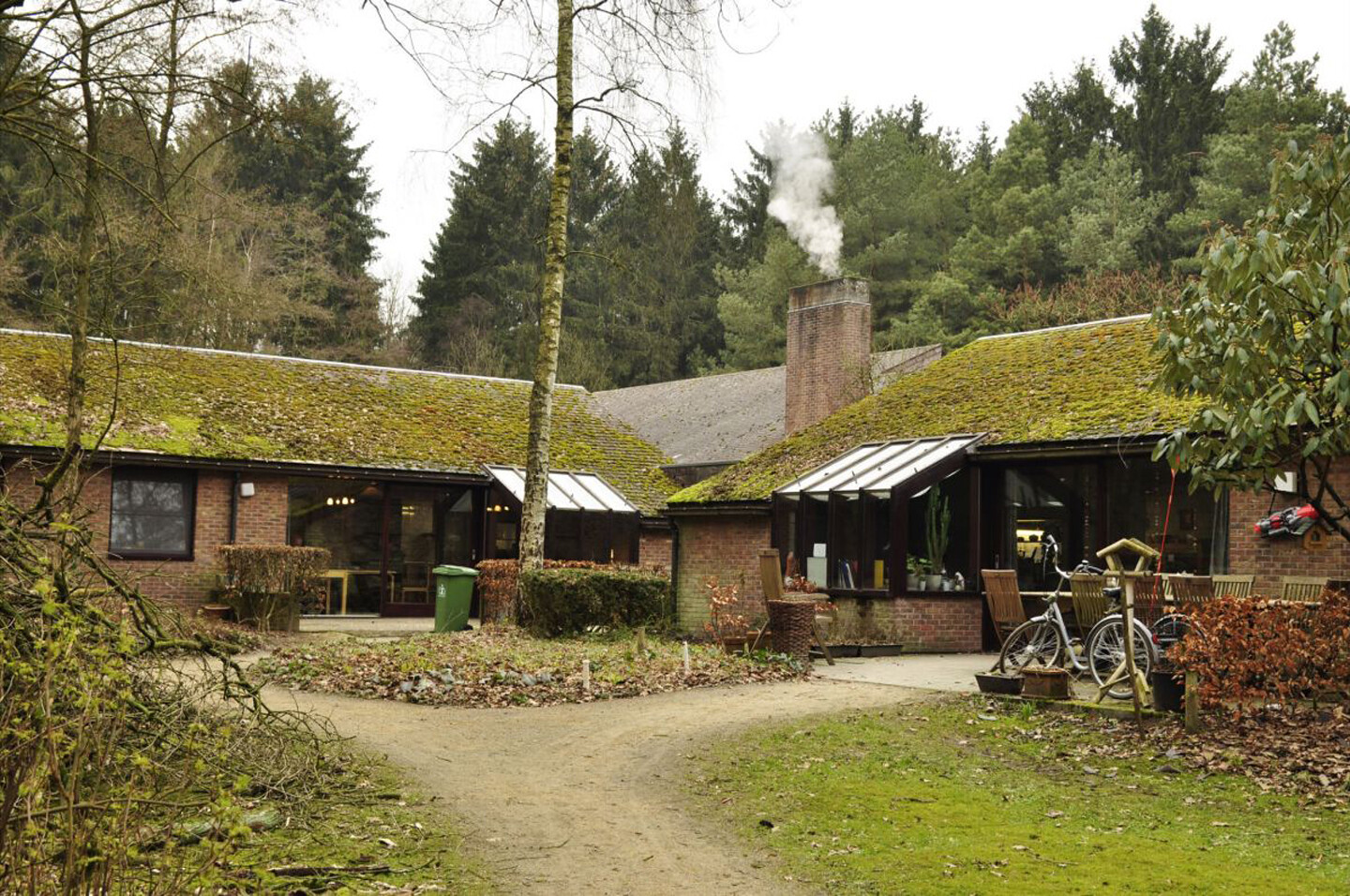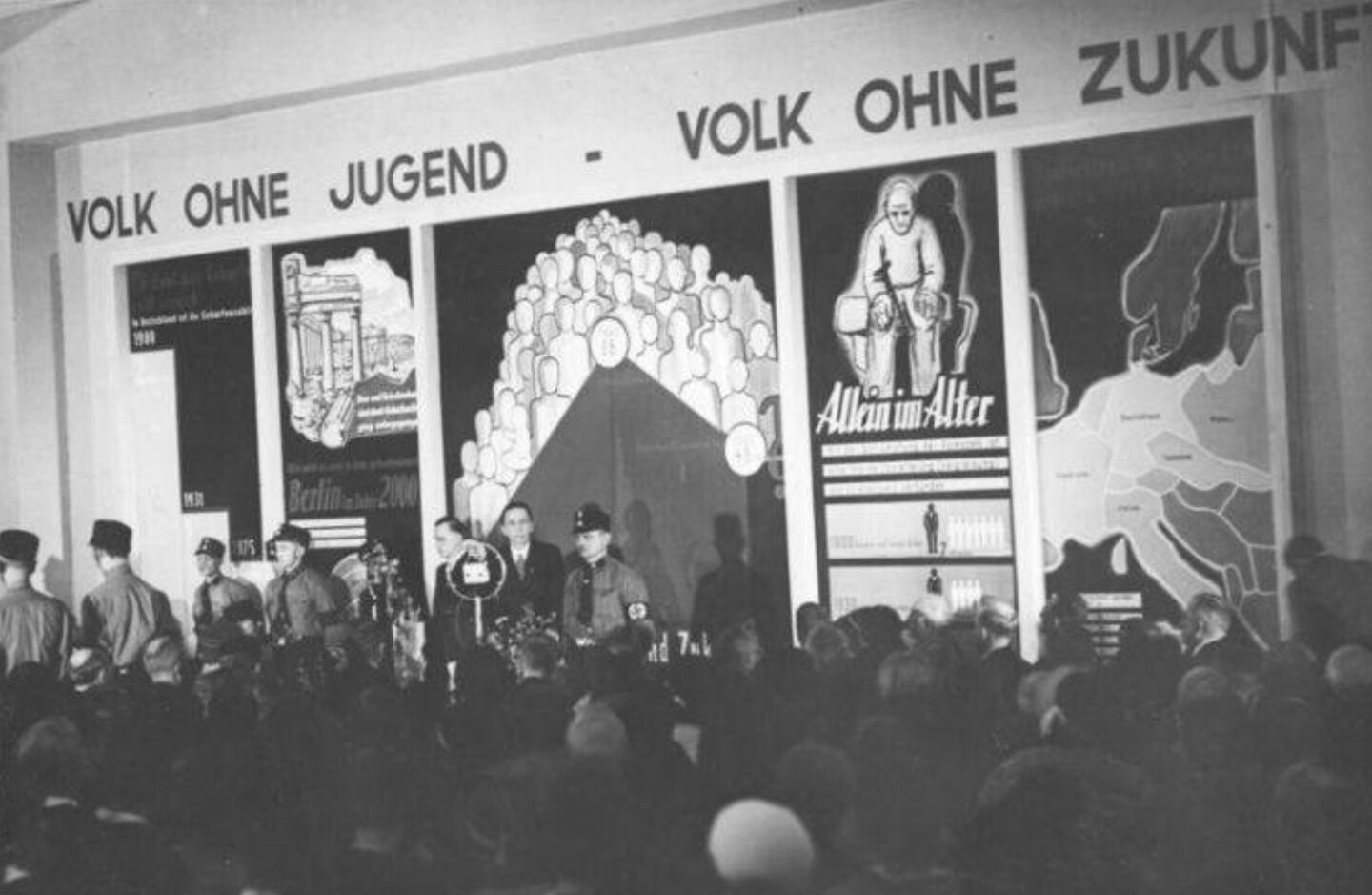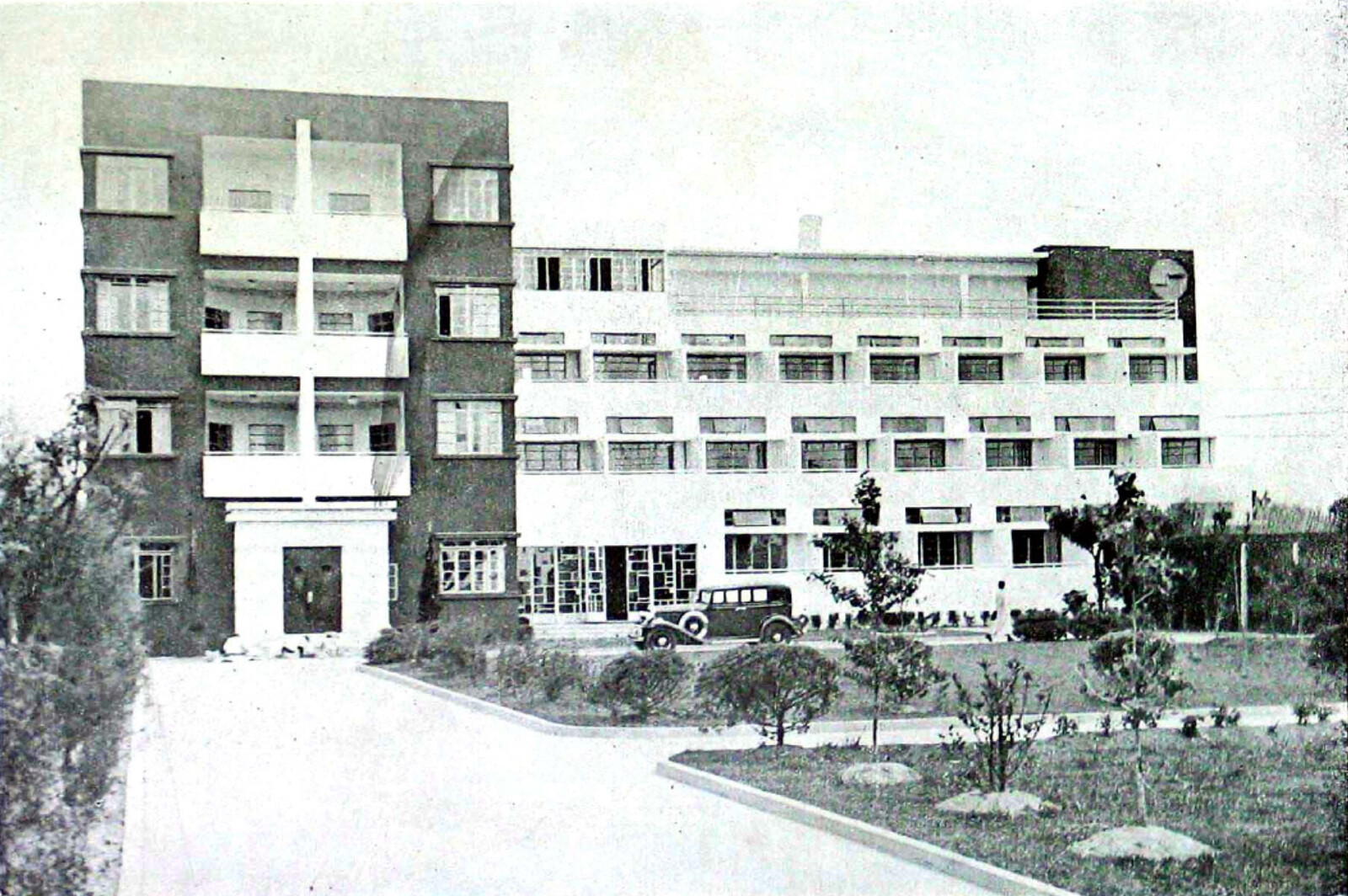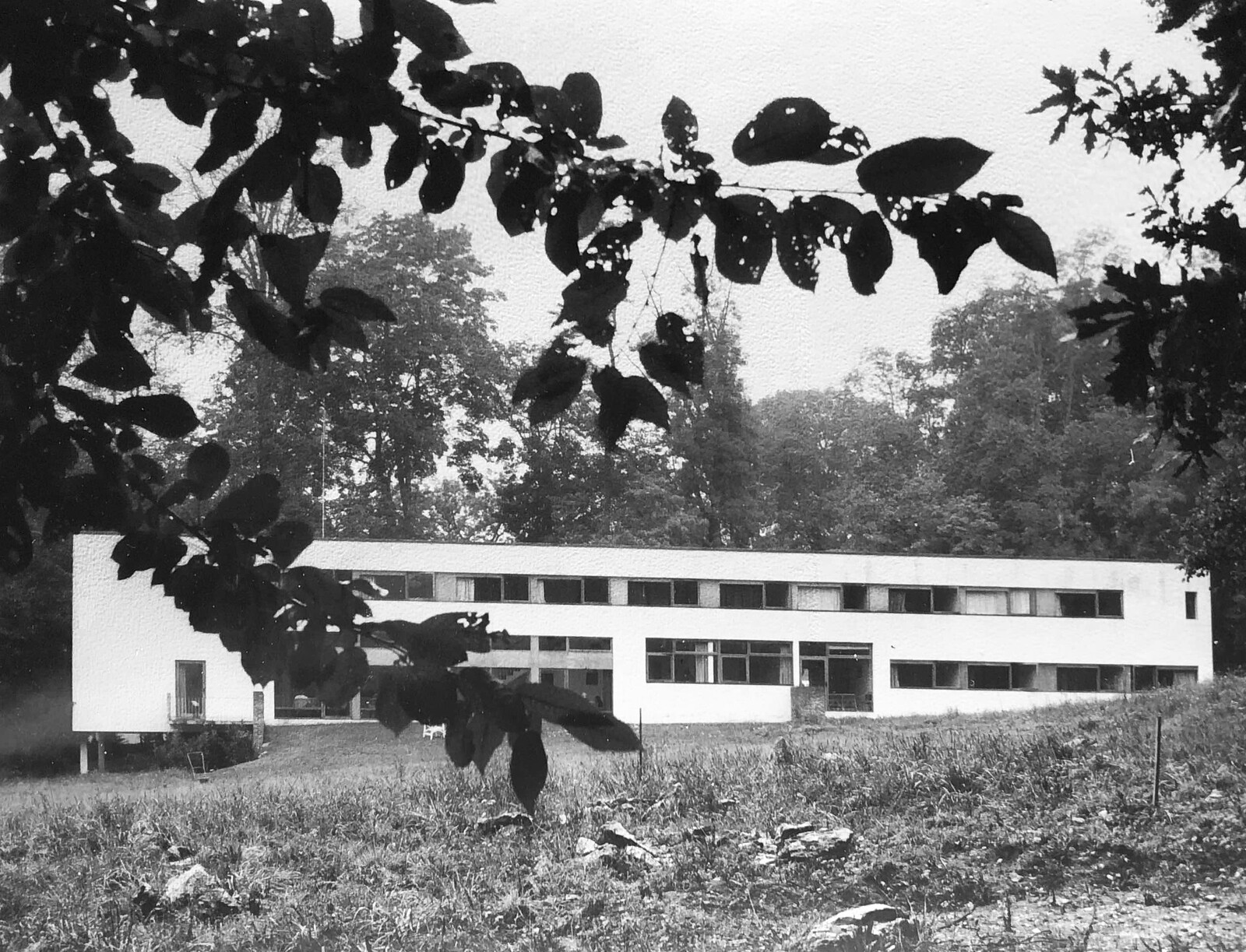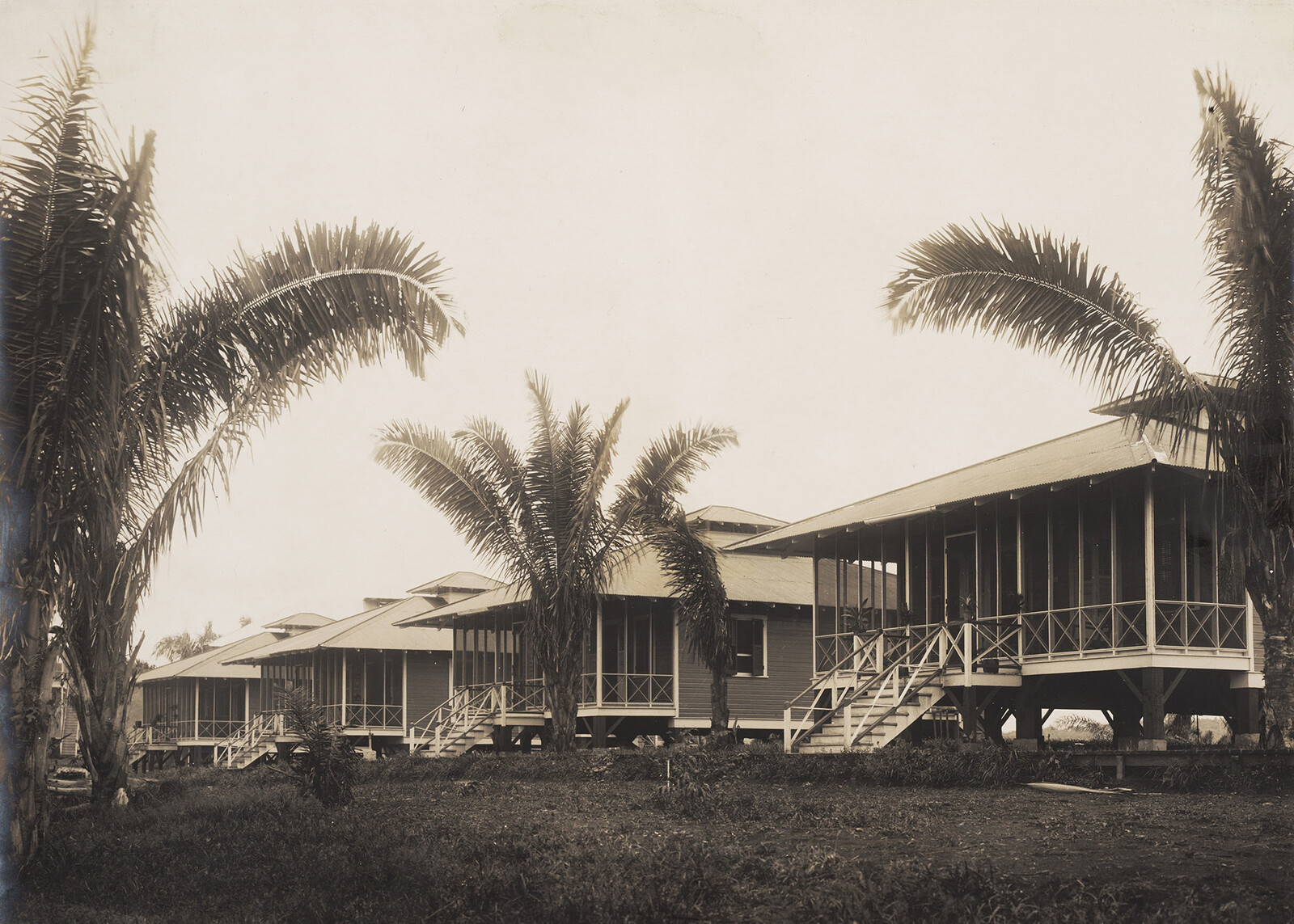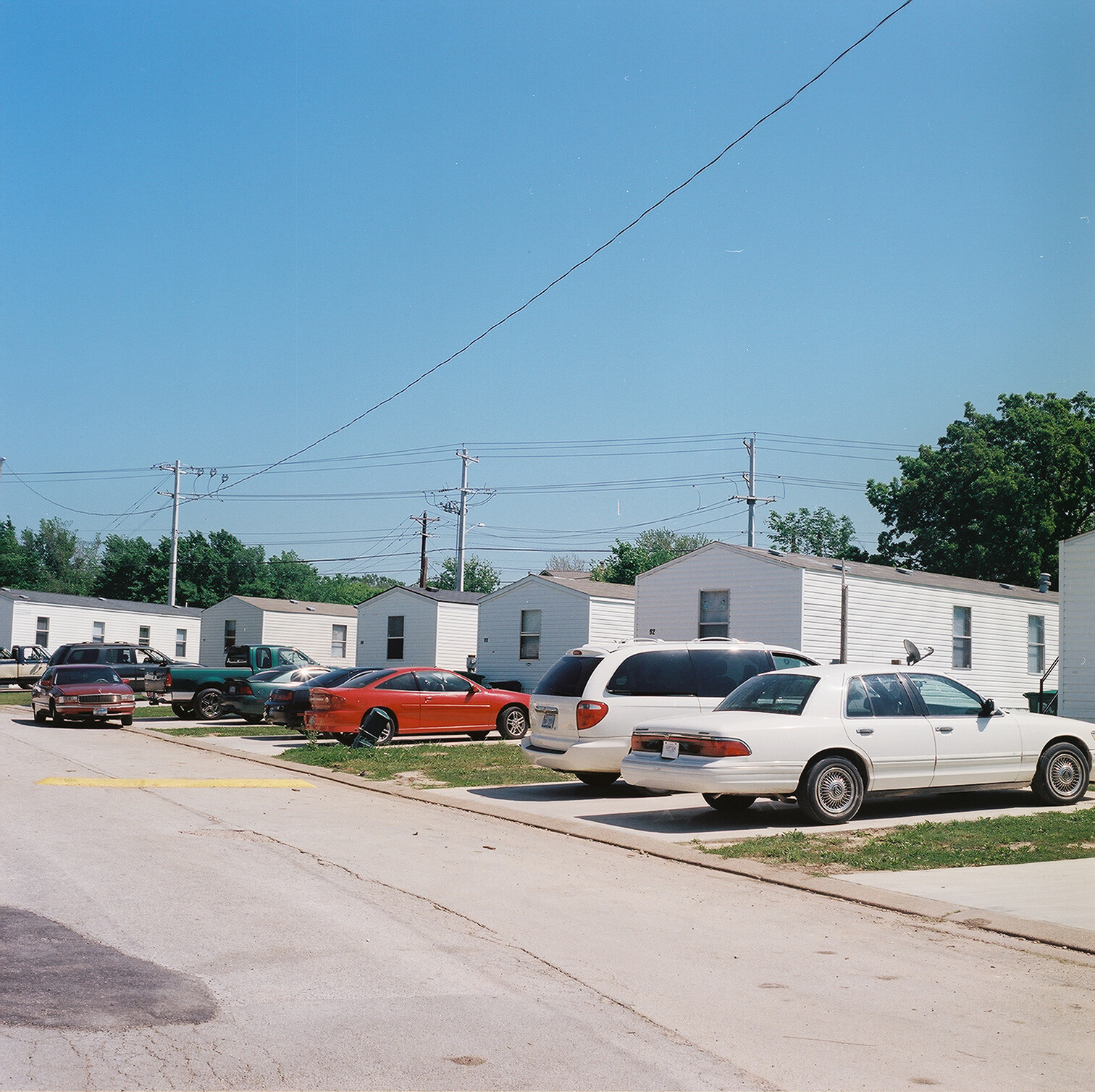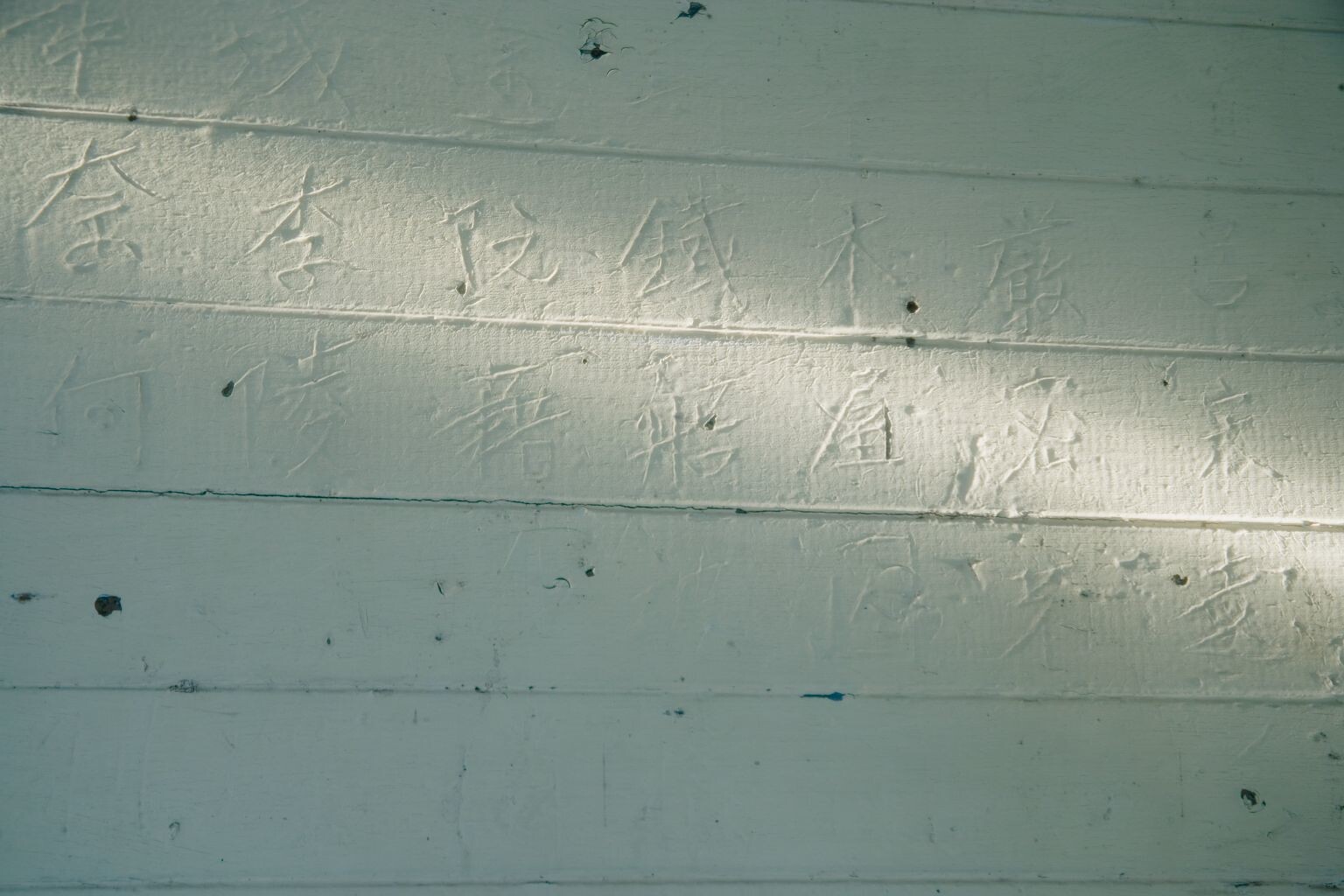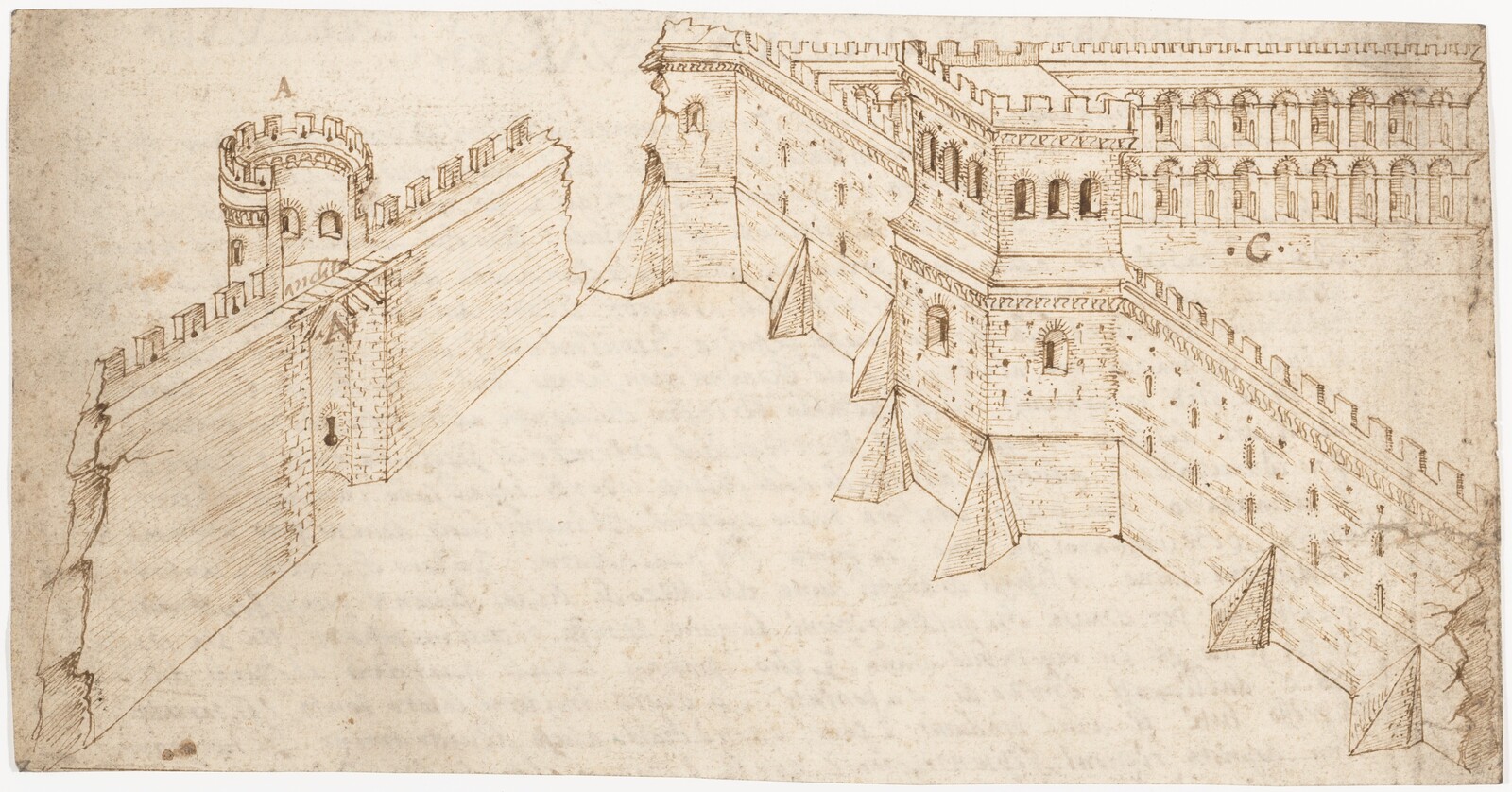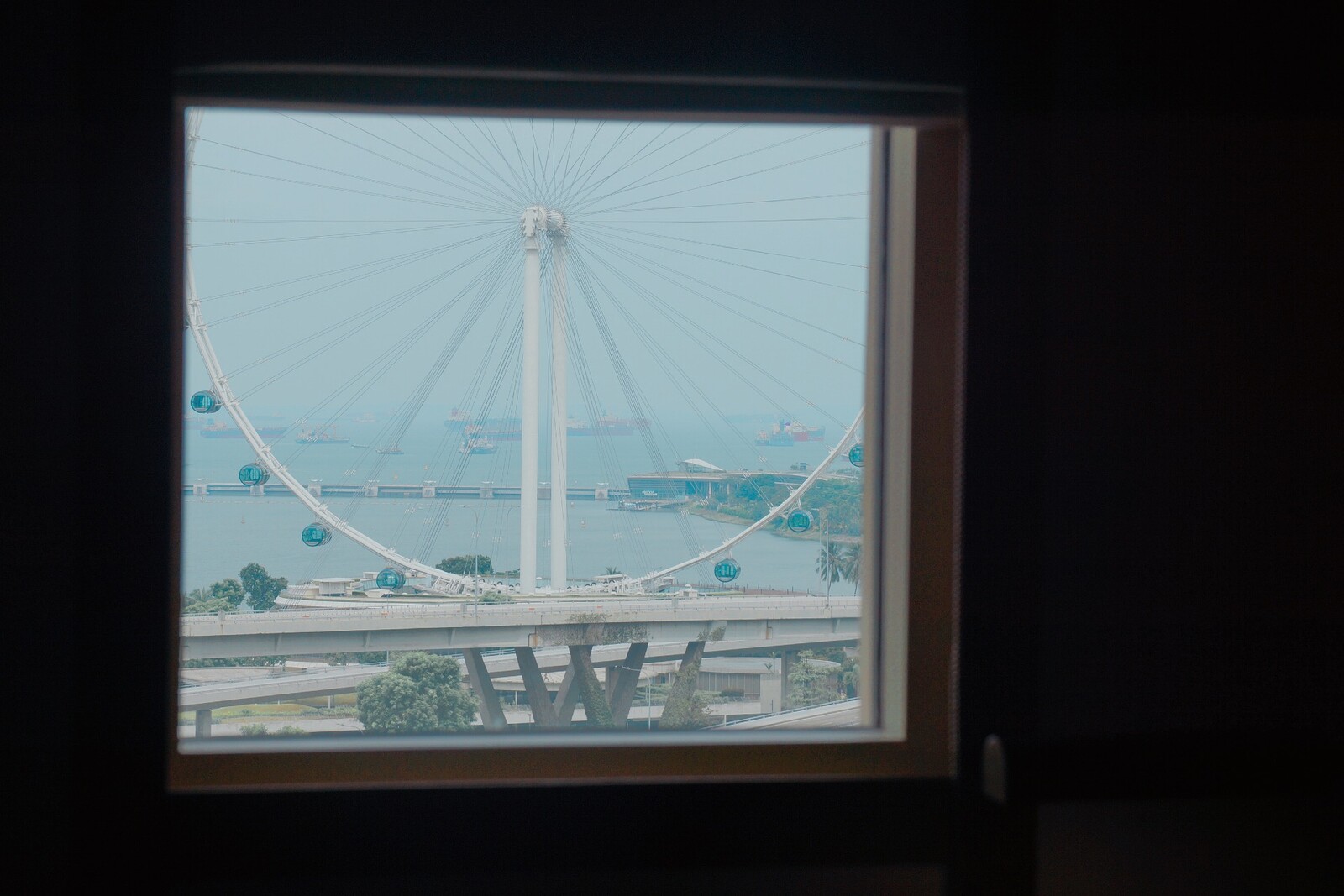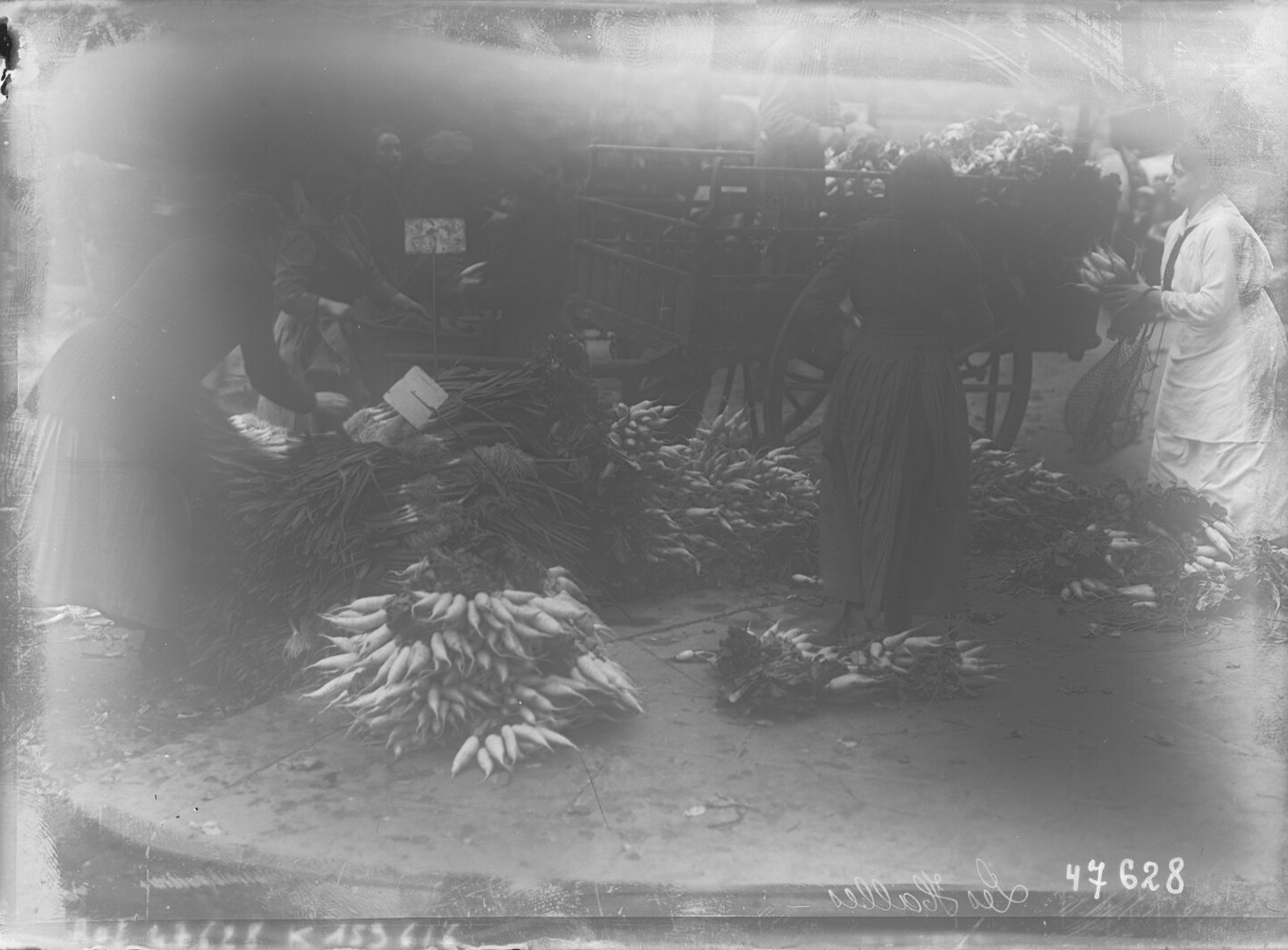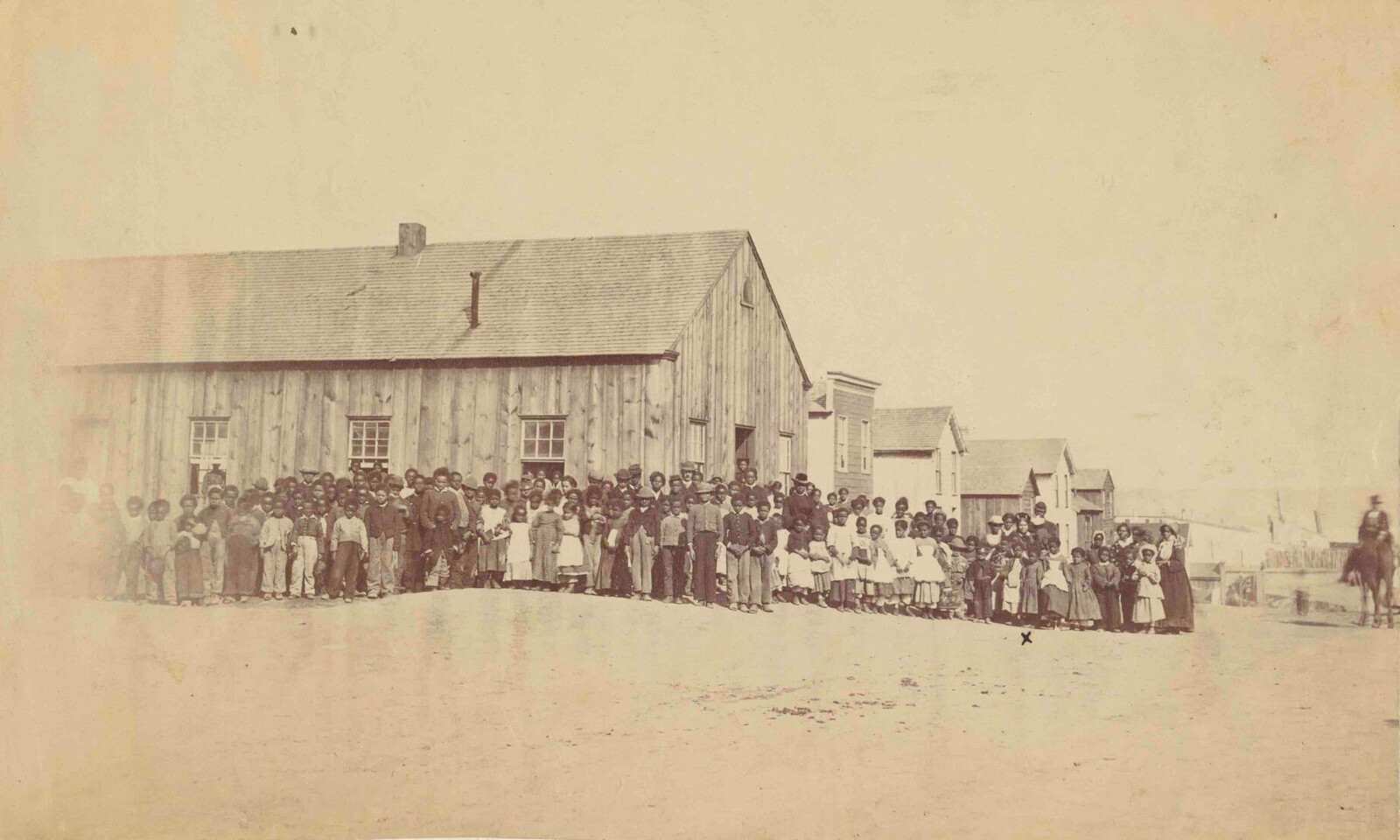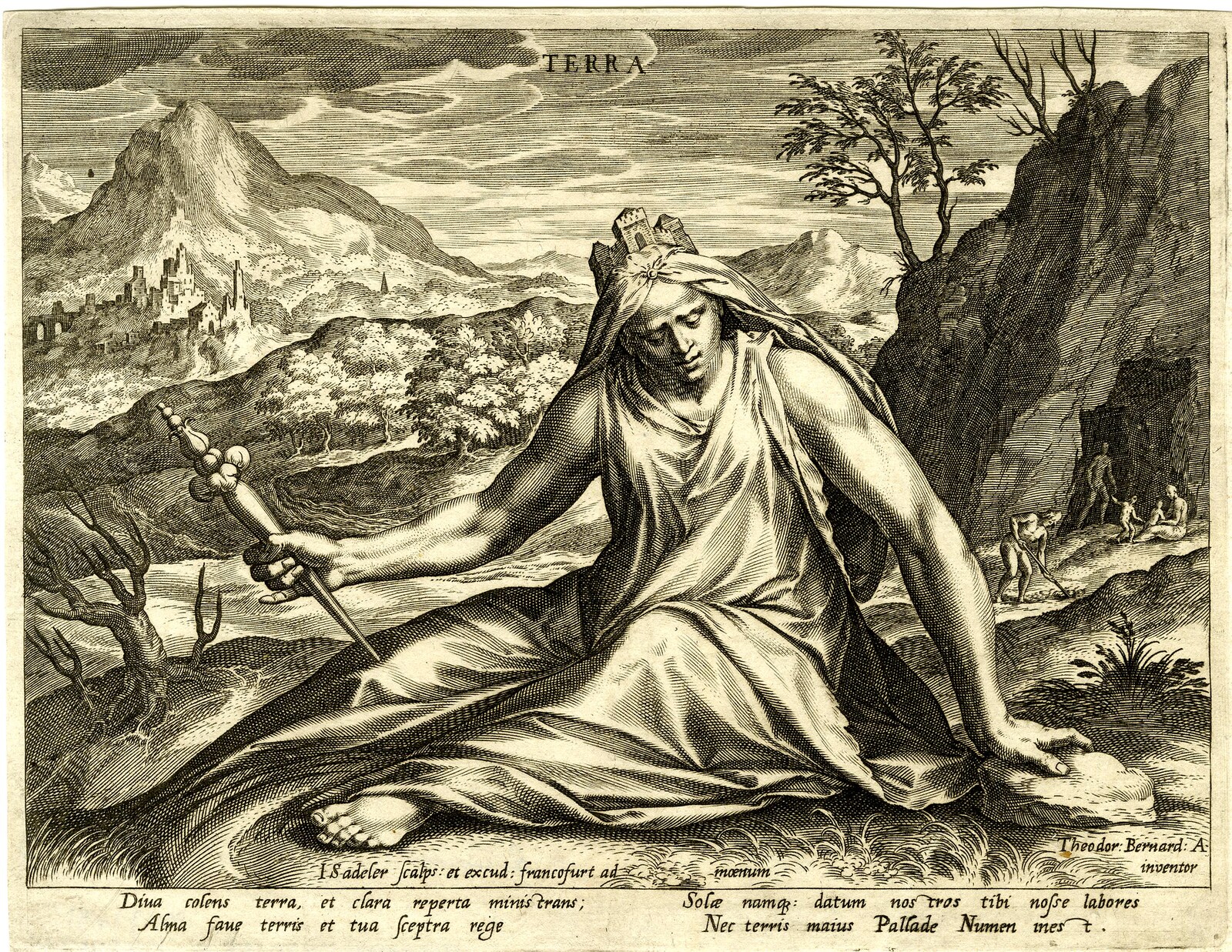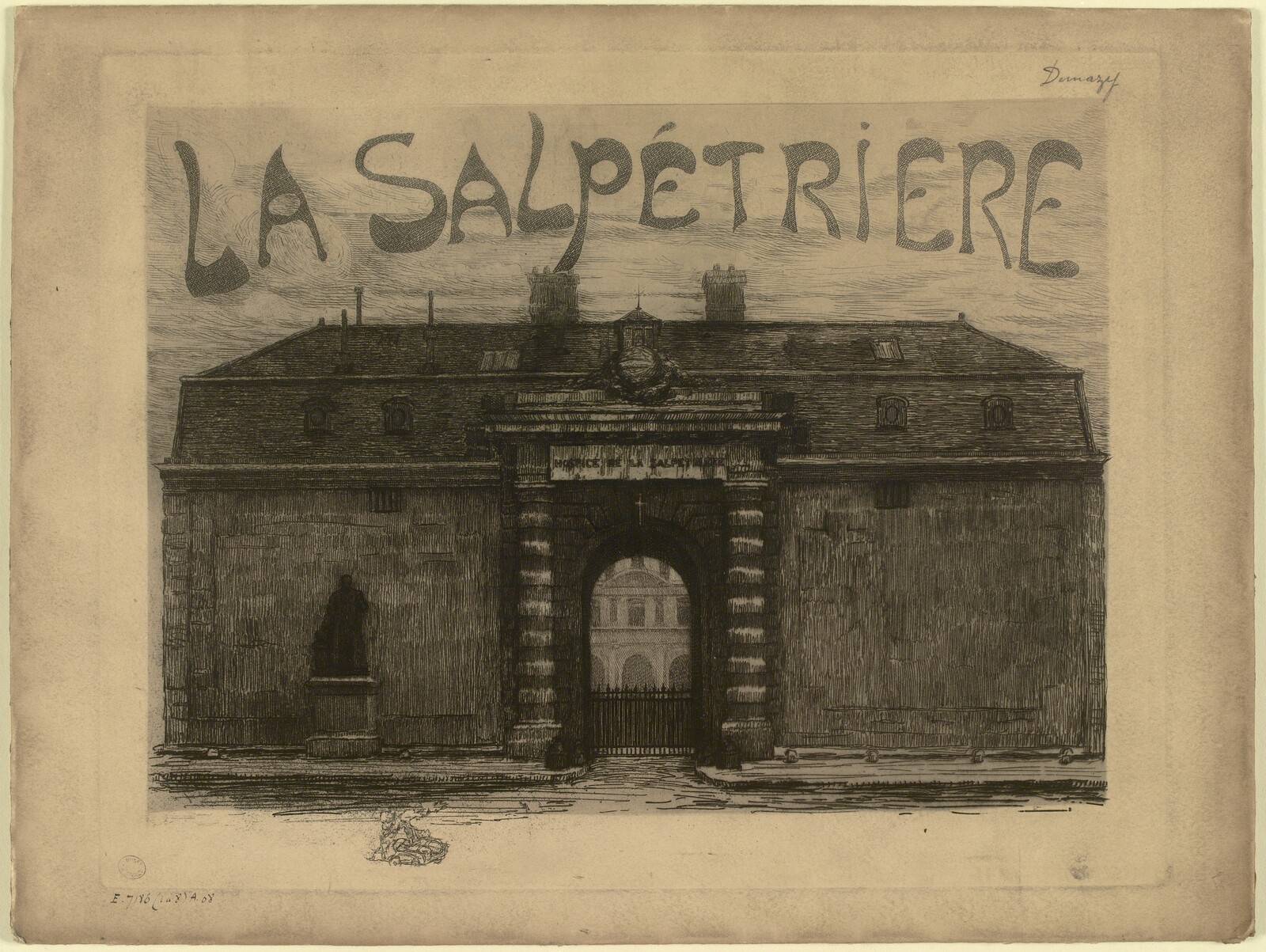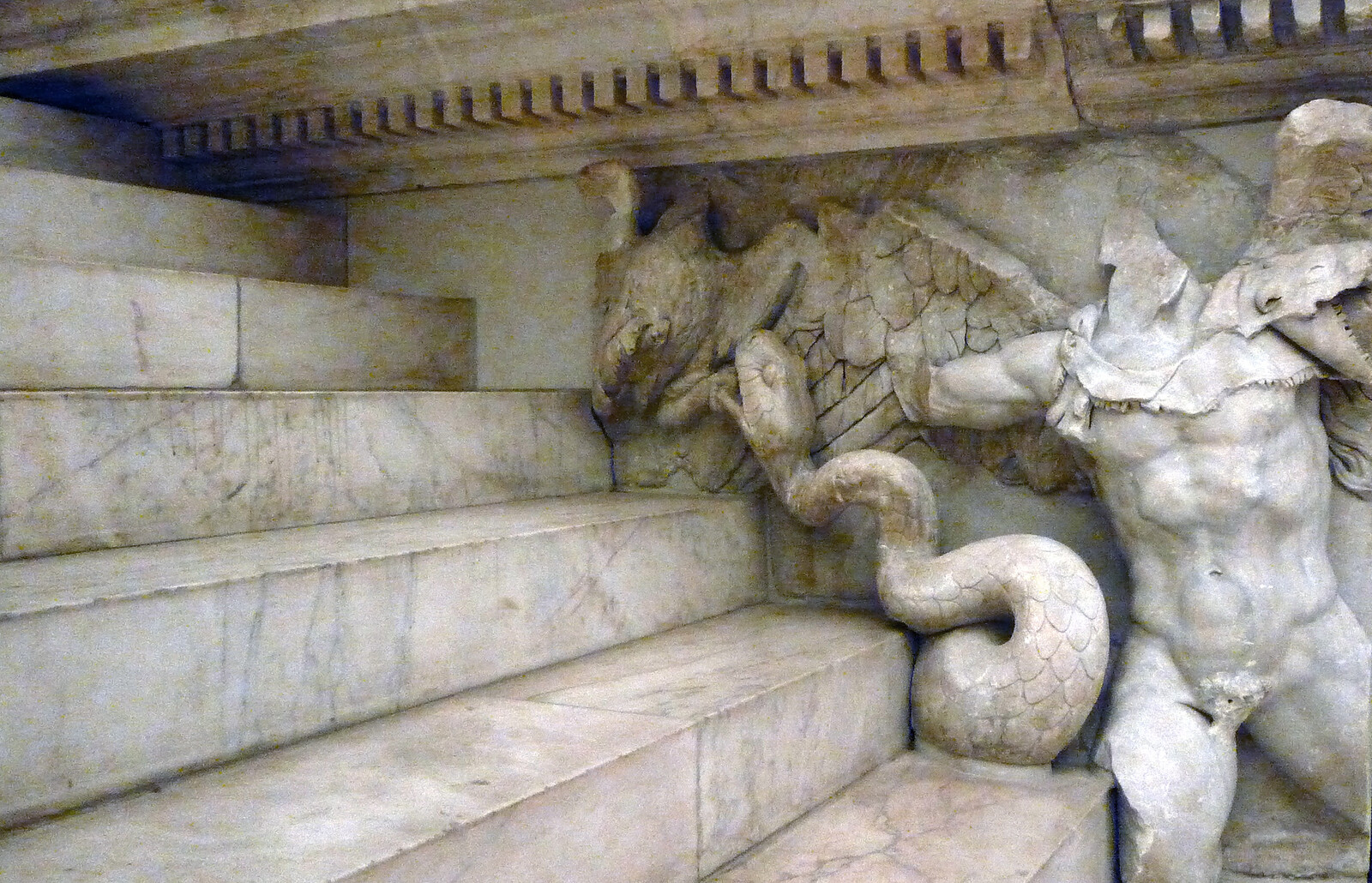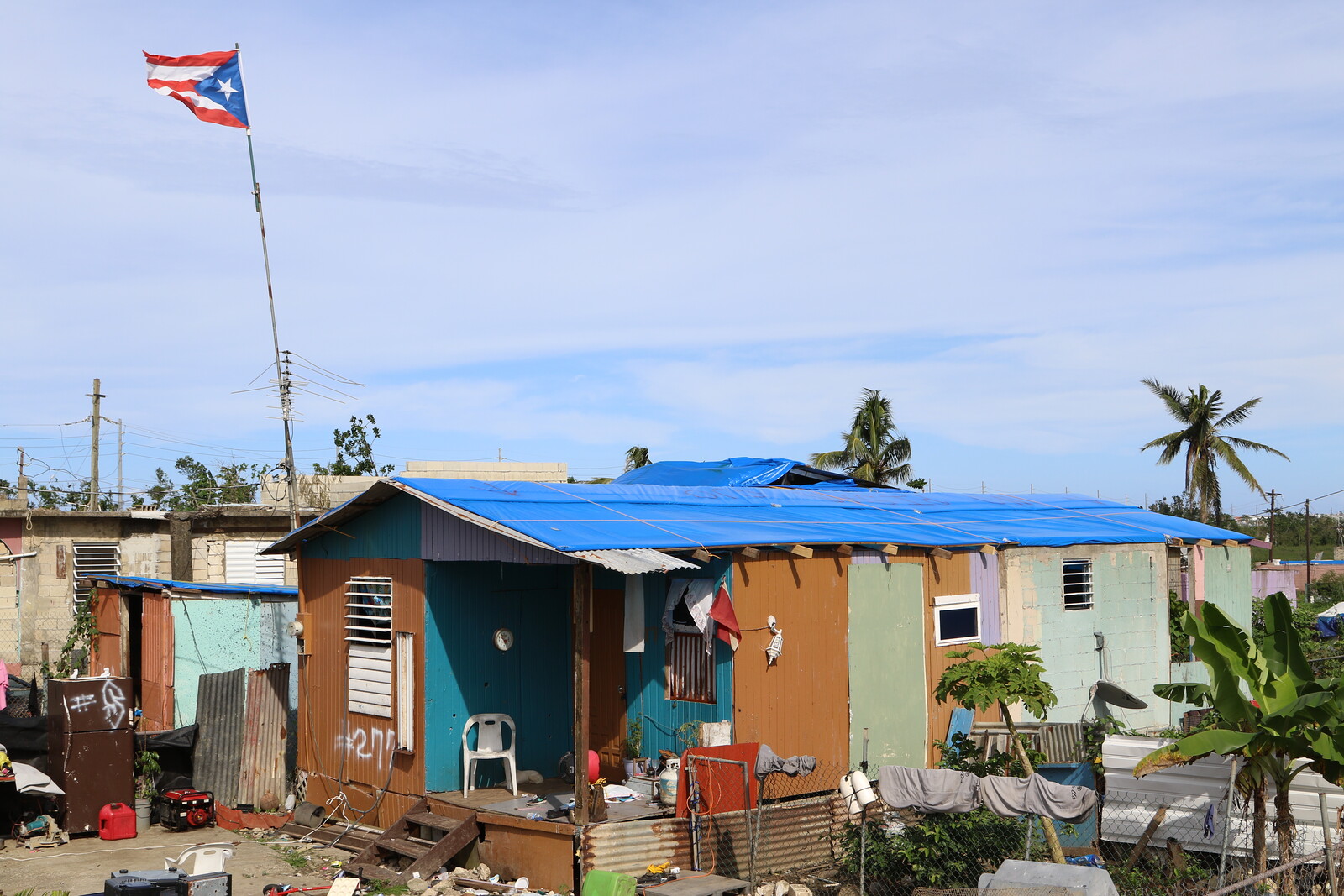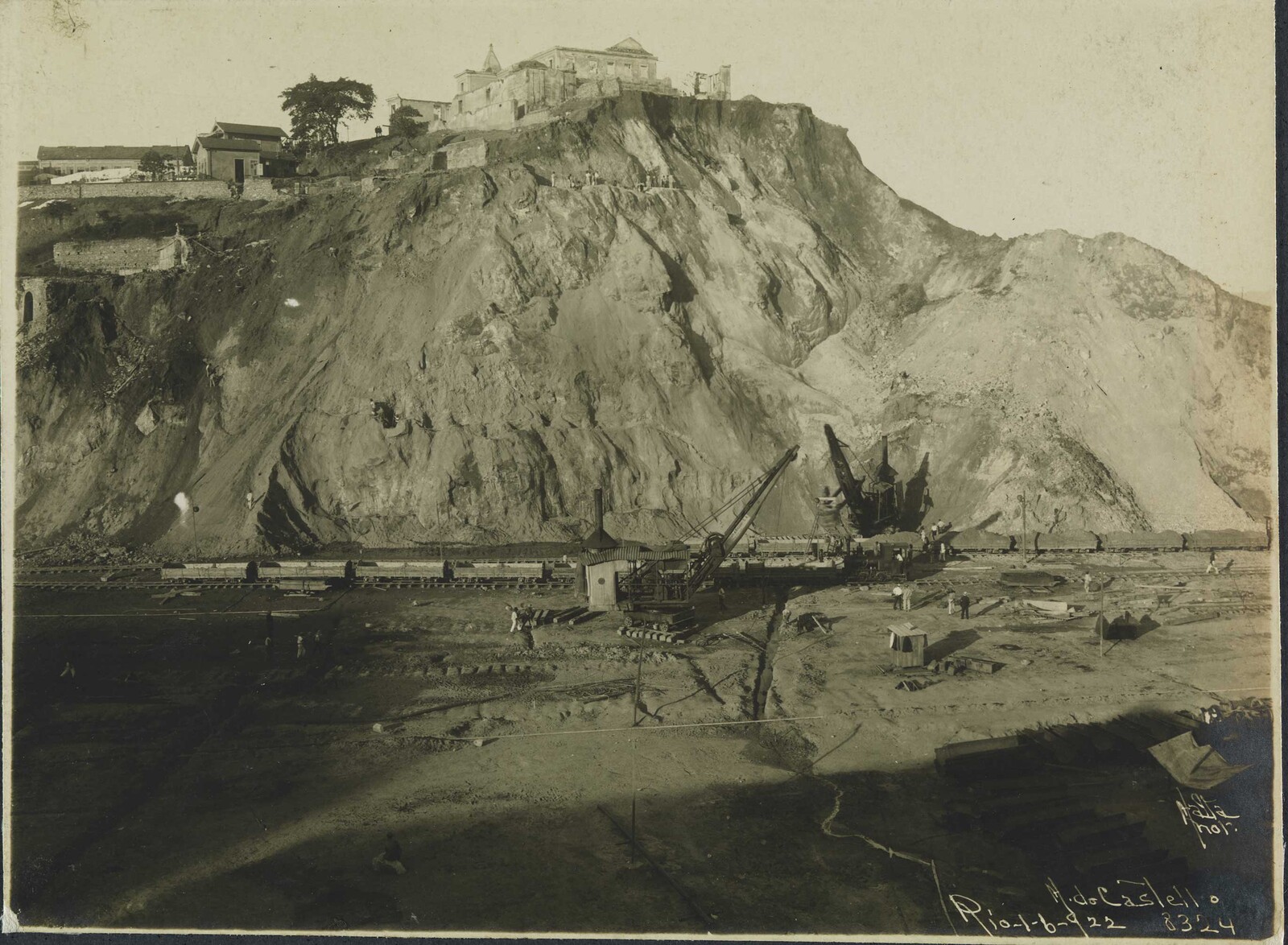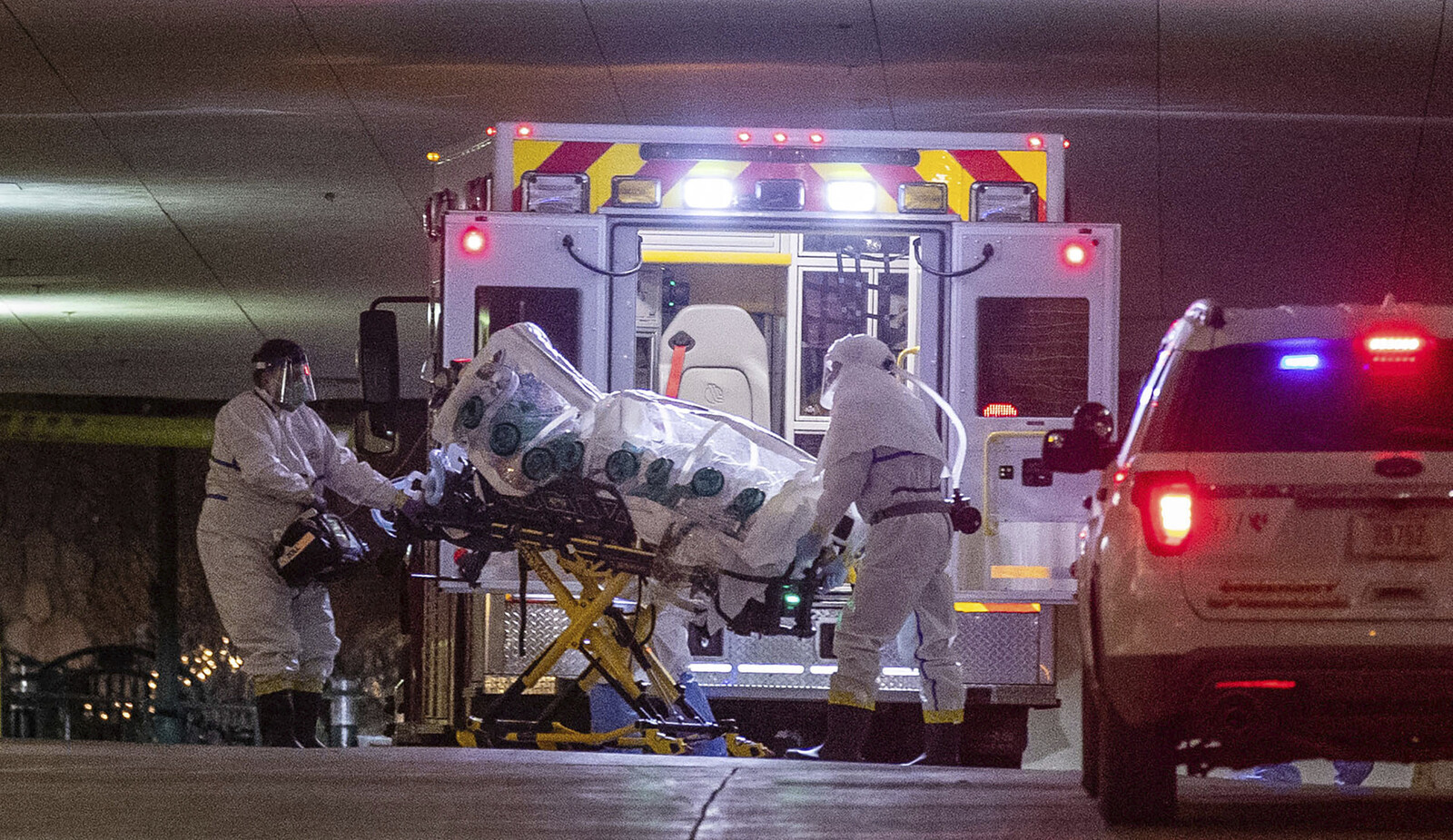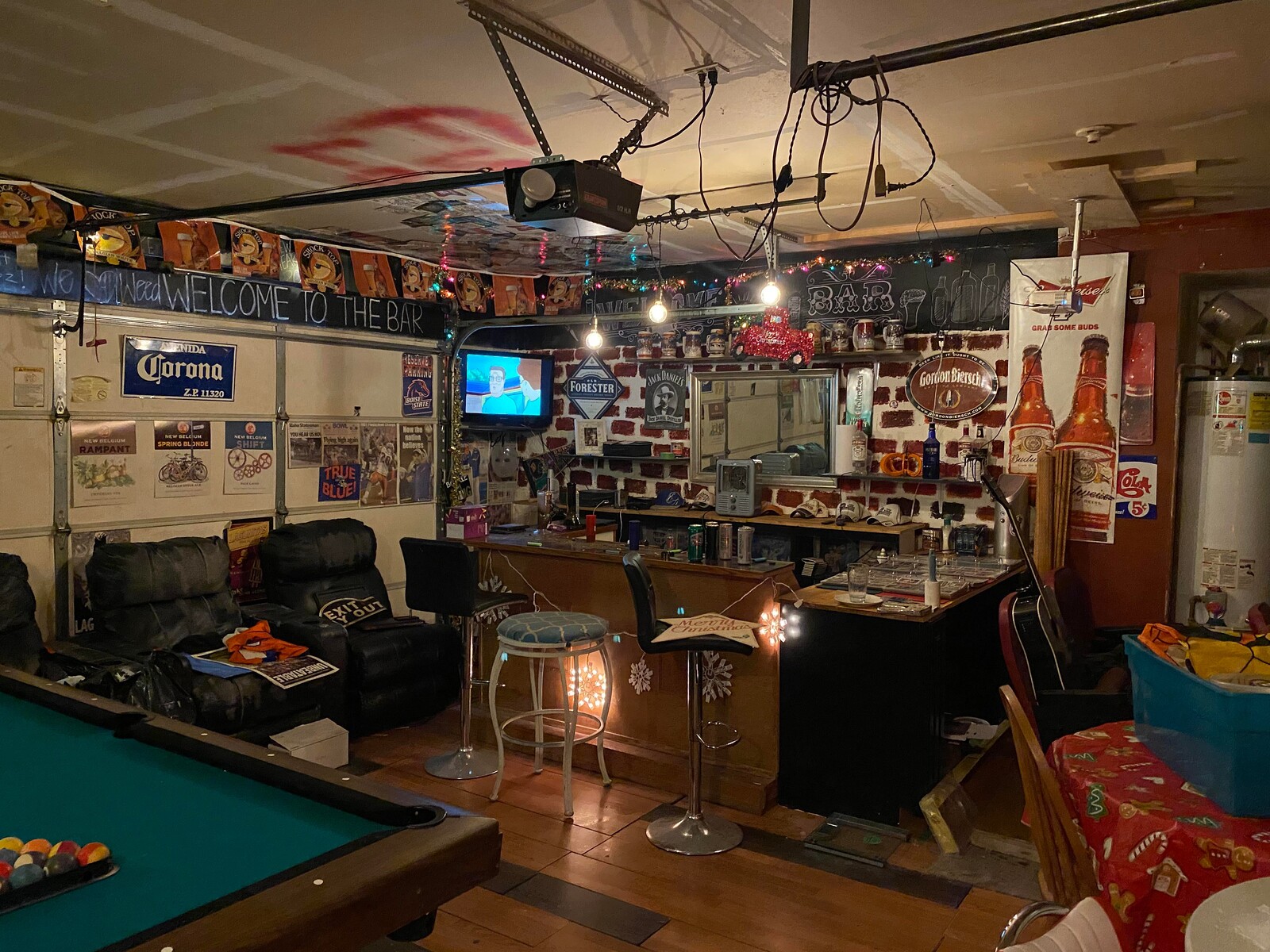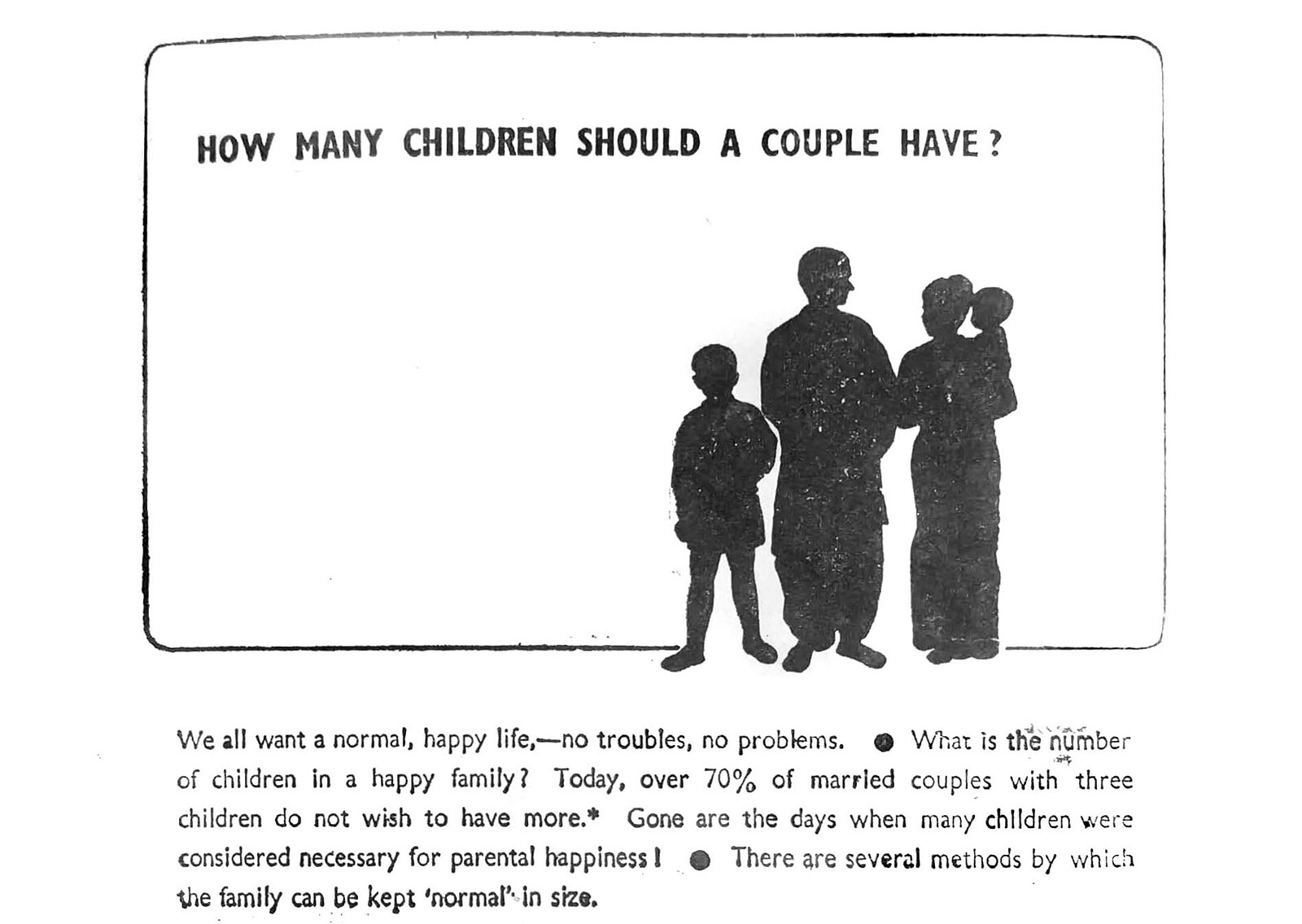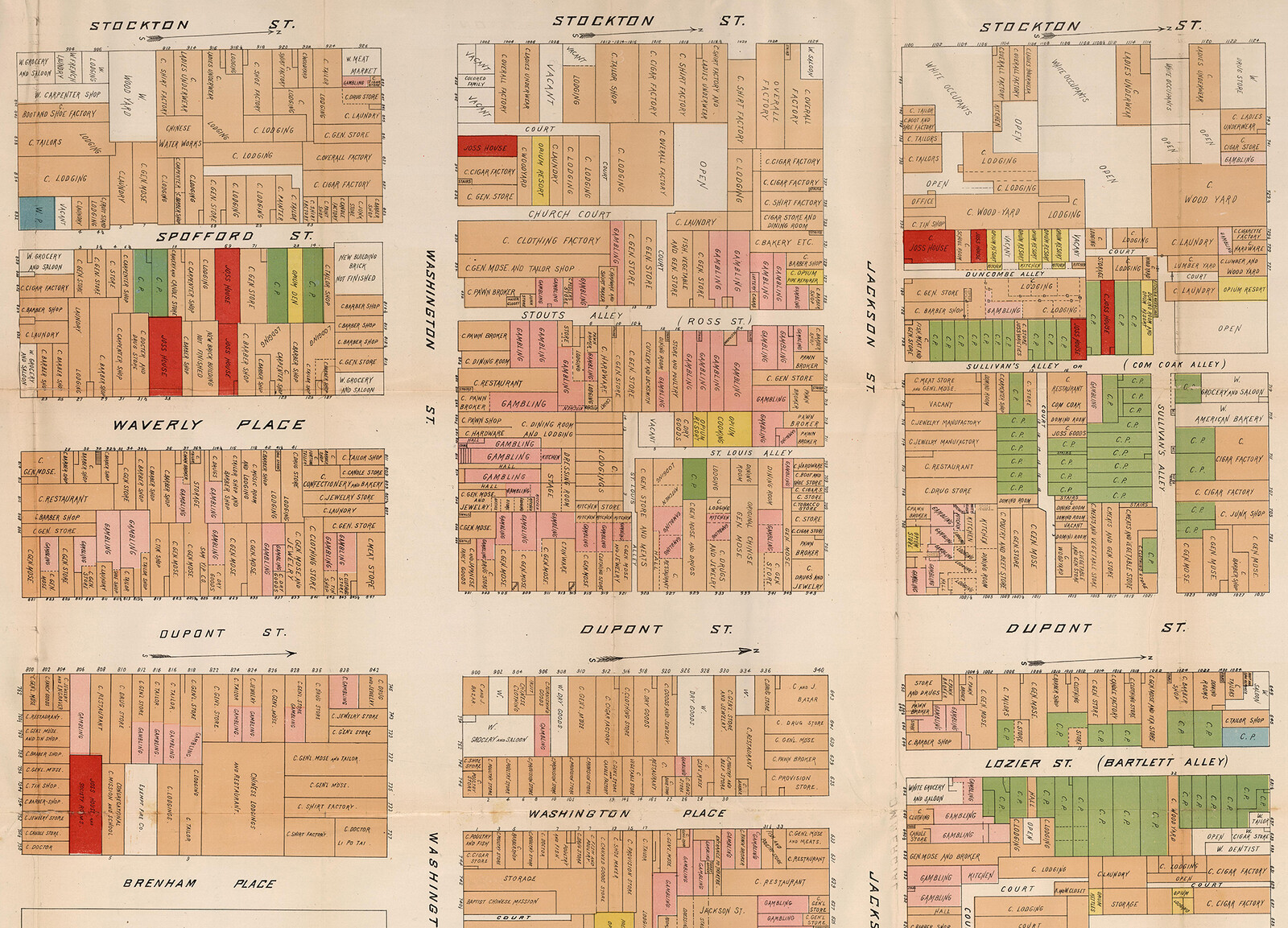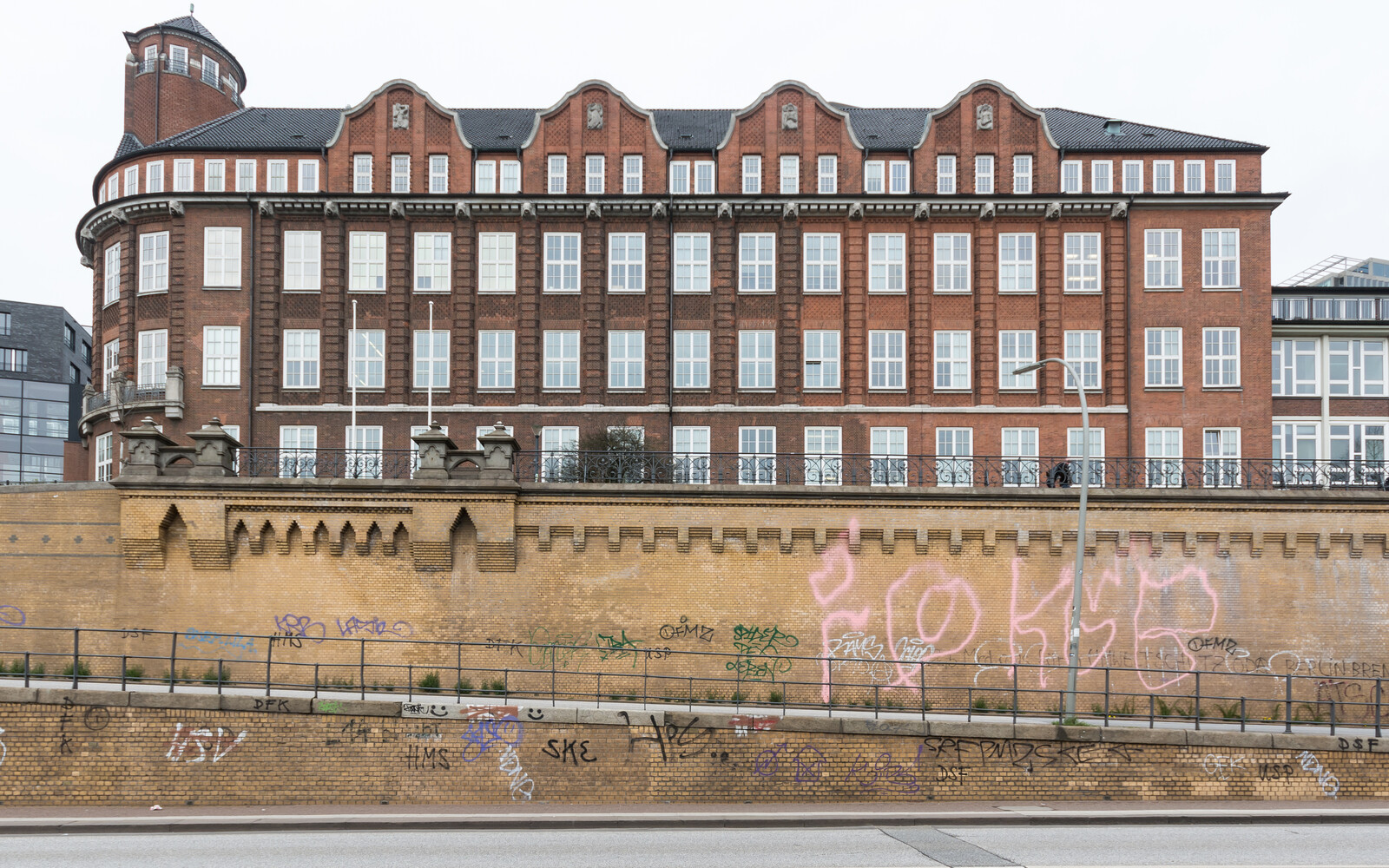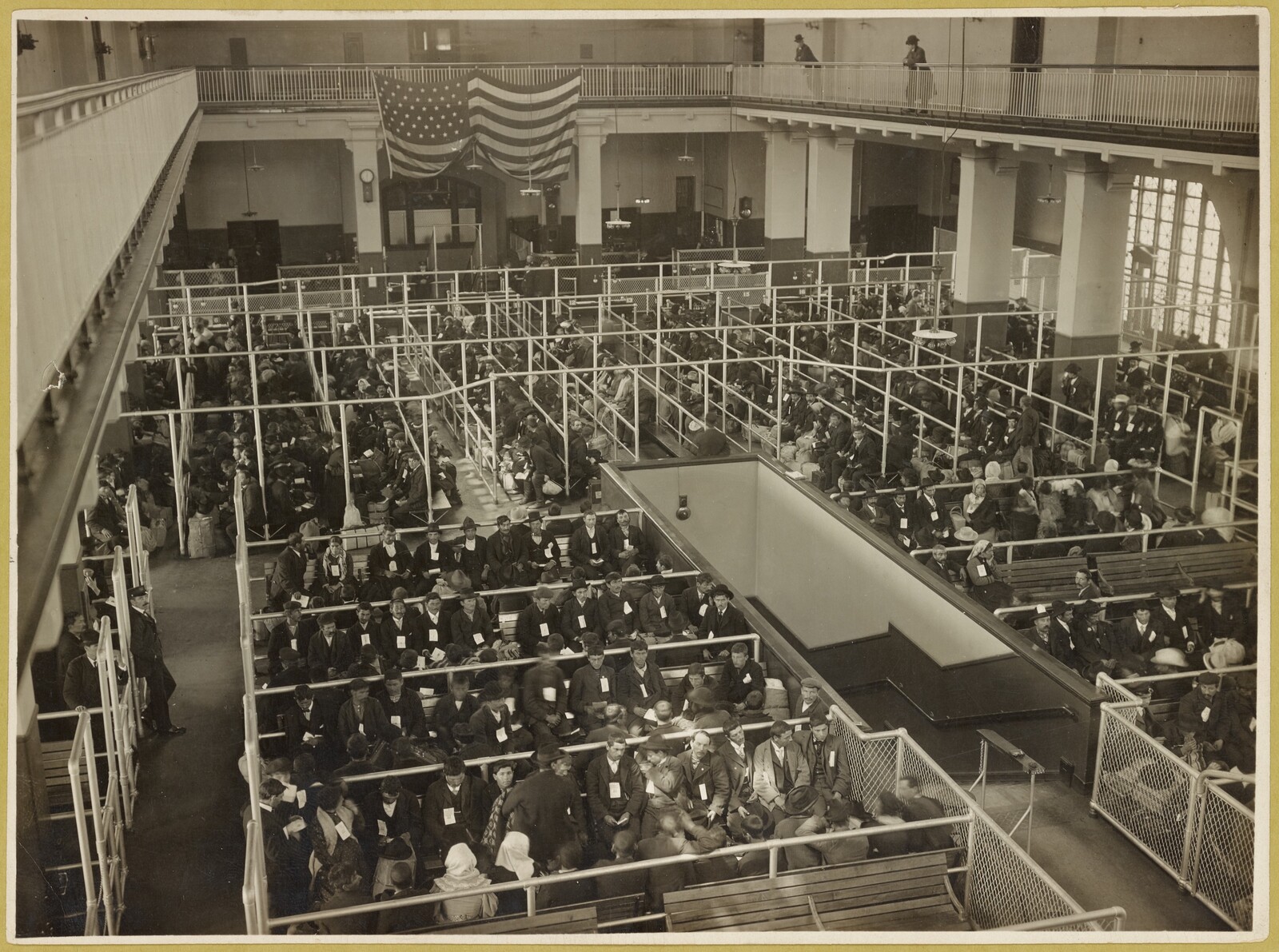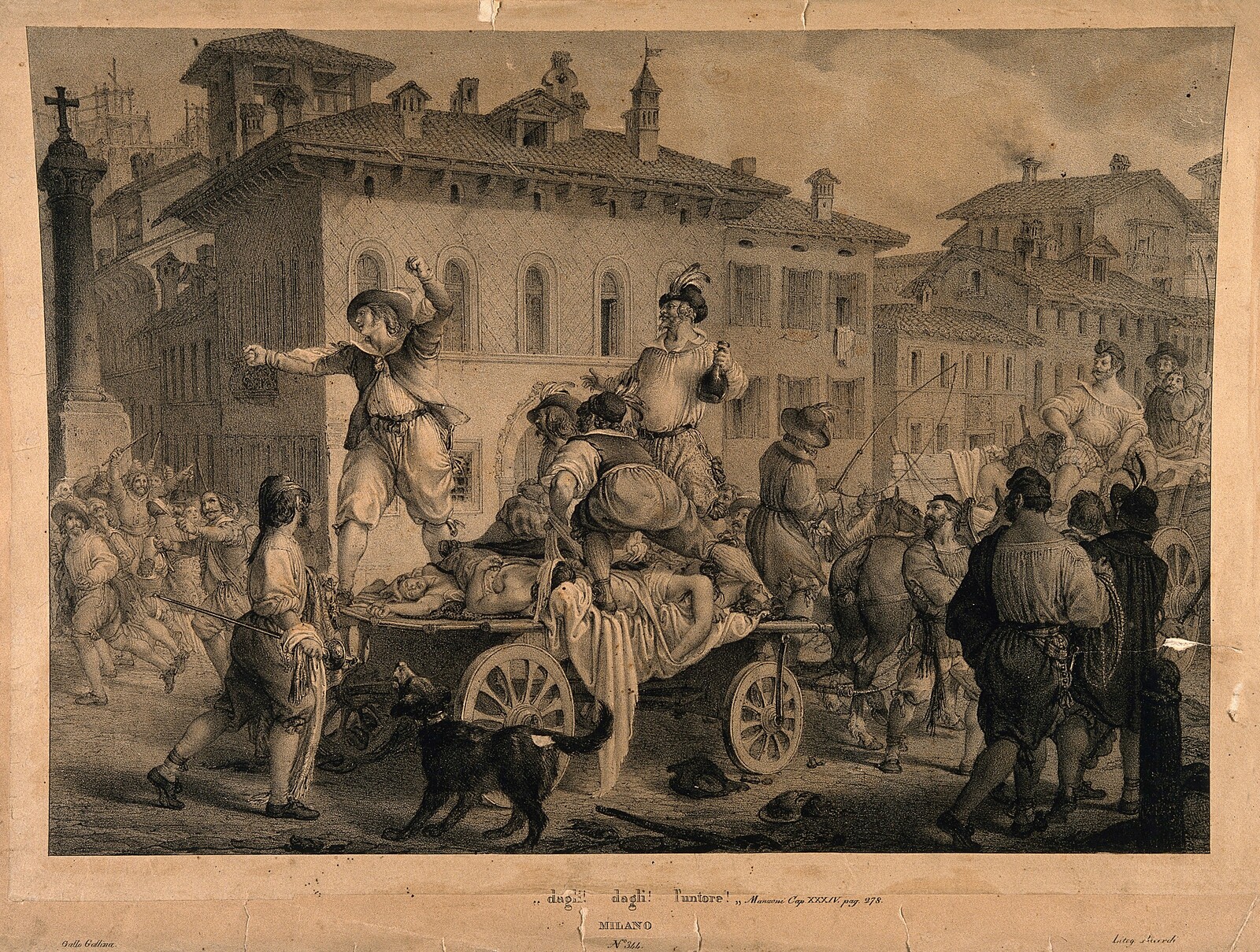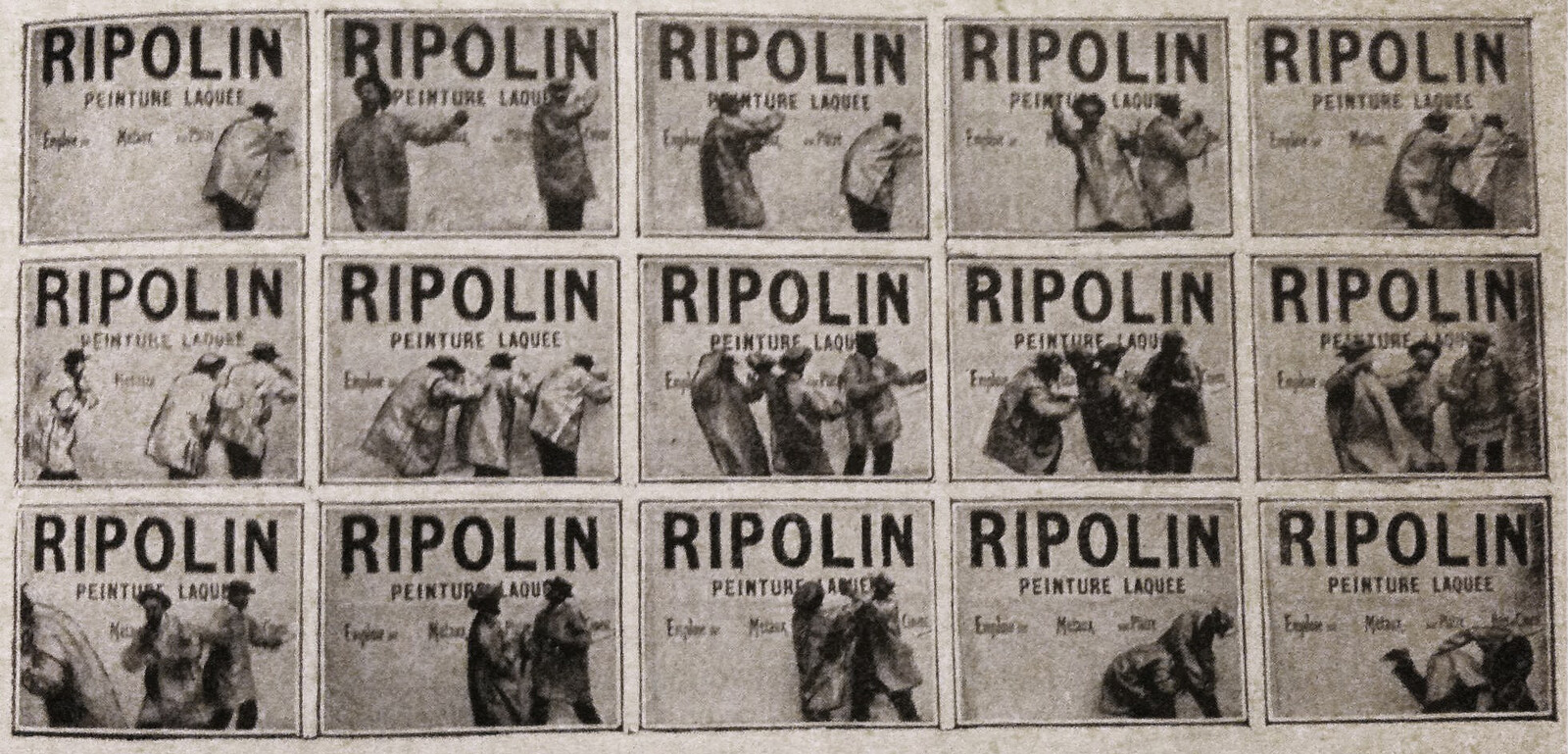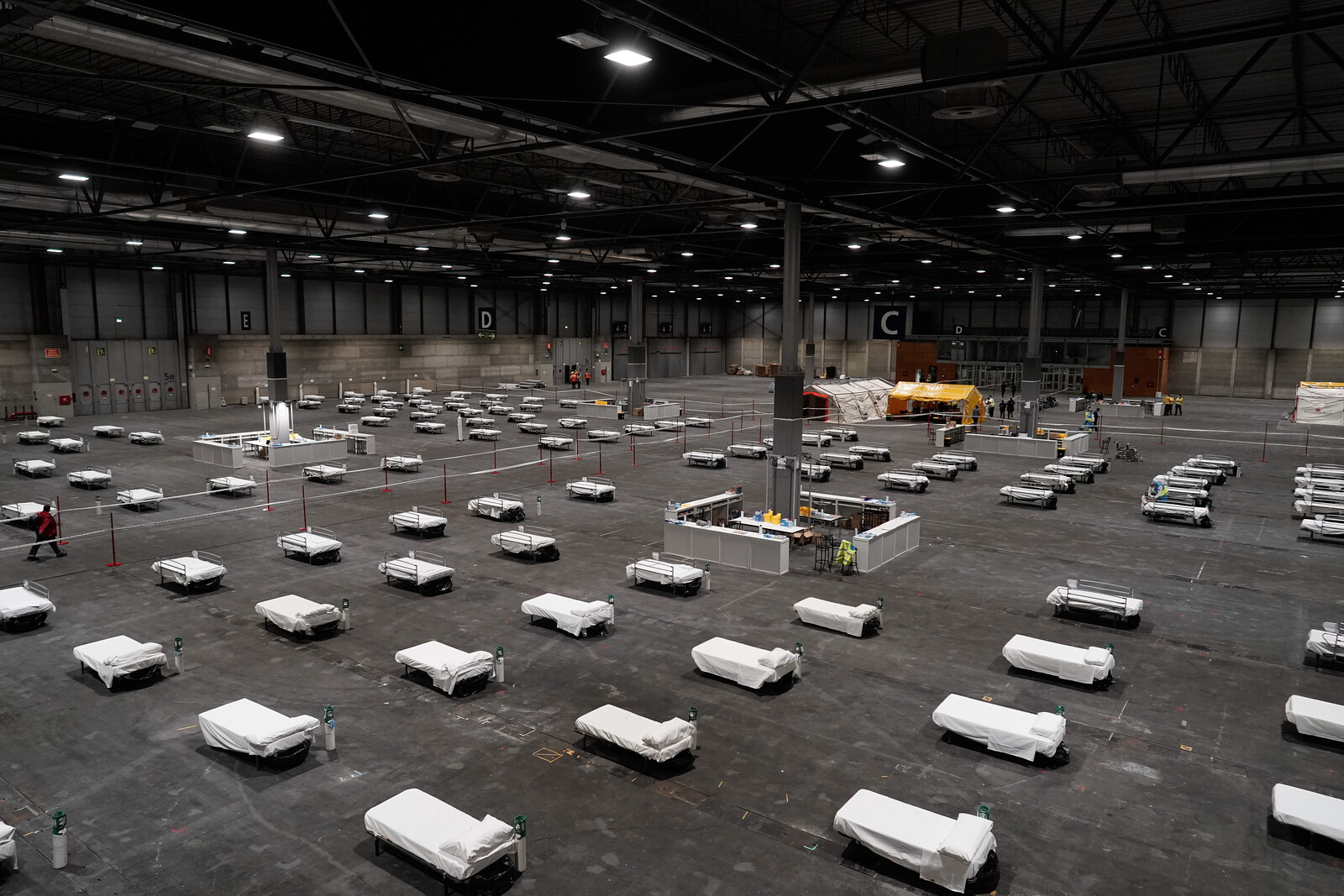Plague Clouds
On August 27th, 1883, the volcano of Krakatoa in the Indonesian islands erupted. Ashes and rocks flew miles high. Barometers wobbled three and a half times as they recorded the atmospheric pressure wave circumnavigating the globe. The noise was heard across the Indian Ocean and Australia. And for years, small ash particles floated in the atmosphere, diffusing the sun’s light and scattering colors around the world.
The sublime tragedy was an immense creative influence for artist and writers. Edvard Munch’s iconic painting, The Scream (1893), was a response to the swirling red-orange skies he saw in Oslo that resulted from the eruption. In the chthonic shockwaves, Munch said he felt “a great unending scream piercing through nature.”1 John Ruskin discusses the eruption in his 1884 lecture The Storm-Cloud of the Nineteenth Century, in which he told his audience, in “the plague-wind, every breath of air you draw is polluted, half-round the world,” and that the sun itself is “choked out of the whole heaven.”2
For Ruskin, the volcanic repercussions were not just an environmental disaster, but a medical and moral one too. The skies, to him, were a “plague cloud,” an outcome of both bad climate and polluted industrialization that produced sickened citizens and instilled moral failings.3 For Ruskin, the ark plumes of the Krakatoa were allegory for the Manchester chimney stacks: both a burden on the English body, destroying it from within.
By the end of the nineteenth century, the scant amounts of sunlight in the English climate, which was only further reduced by the atmospheric aftereffects of the eruption, produced artistic, literary, and medical responses. The absence of the sunlight lead to more intense research into two endemic diseases at the time: tuberculosis and rickets. Much has been written on how tuberculosis, where bacteria infect the lungs, changed the shape modern life, urban space, and architecture.4 However, there is little discussed about rickets, a disease caused by vitamin D deficiency, which affected 60-90% of children living in urban areas of Northern Europe, deforming their bones and musculoskeletal system.5
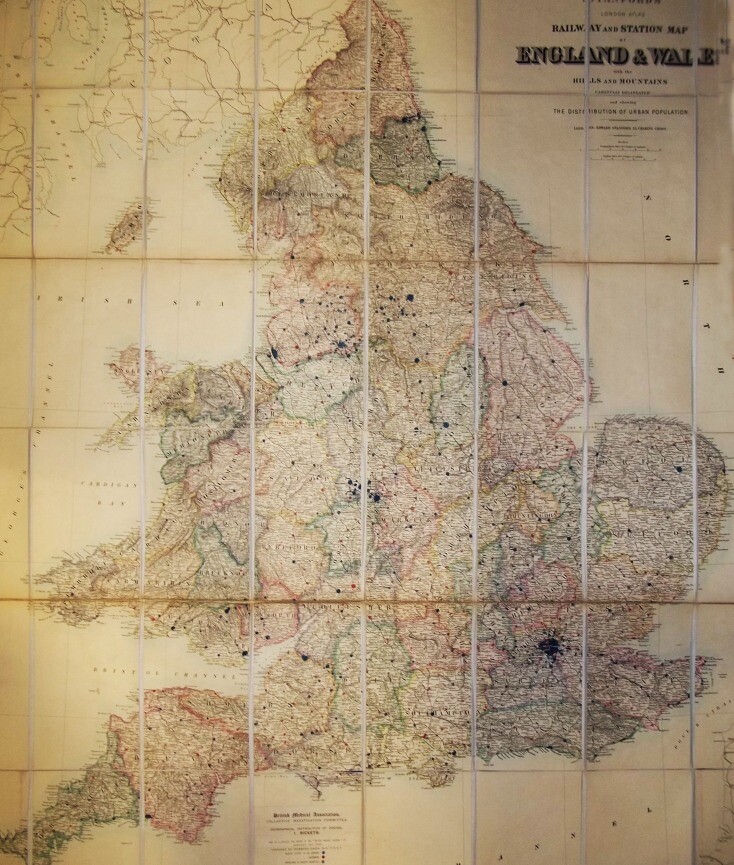

A map of the distribution of rickets in England according to a British Medical Association survey from January 1889. Blue dots (where rickets is common) mark and cluster heavily around every major city, while red dots (where rickets is uncommon) are evenly distributed along the countryside. Source: S. Mays photograph from British Medical Association Library.
Rickets was labeled an “urban disease,” as well as “the English Disease” because it was especially widespread the British Isles where manufacturing cities like London and Manchester had large populations living with poor nutrition, hygiene, and little access to direct sunlight. Unlike tuberculosis, which was an “ancient disease,” rickets was a “modern disease,” first being diagnosed in 1645 and recorded cases increasing with the Industrial Revolution.6
If, as Beatriz Colomina states, “a map showing the distribution of modern architecture would echo a map of the distribution of [tuberculosis],” the same areas would also cover rickets, too.7 Indeed, many of the same techniques that were applied to patients with tuberculosis, like light therapy and long stays in open-air sanatoria, were also applied to those with rickets. Both diseases produced the same languid patient. Although rickets was caused by a lack of sunlight, and tuberculosis by bacteria, both were symptoms of the profound changes happening at the time in urban life.
Chemistry of Light: Phototherapy and Heliotherapy
The science of light therapy quickly developed between 1890 and 1920 in order to deal with both rickets and tuberculosis. Theobald A. Palm, a British medical missionary researching rickets in impoverished children in Japan at the time, was witness to drastic outcomes of the Krakatoa eruption: for six years suspended ashes particulates occluded sunlight, average temperature dipped by more than two degrees, and weather patterns became extremely erratic.8 In a report compiled in 1890, he was “struck by the fact that children in tropical zones were exposed to filth, inadequate sanitation, unsafe water and dysentery, yet they were free of rickets.”9 Like Ruskin, he blamed the British atmosphere and urban planning, where the citizens are “under a perennial pall of smoke, and where highhouses cut off from narrow streets a large proportion of the rays which struggle through the gloom.”10
Palm was one of the first to collate global data on rickets and tuberculosis, using the British Empire’s vast medical missionary network and come to “the theory that sunlight is essential to the healthy nutrition” and that a deficiency of sunlight characterizes the conditions of those with rickets.11 In the same research, Palm called for a new study into the “Chemistry of Light” to further deduce the health properties of sunlight. A few years later, two methods of light therapy were developed: phototherapy (also called actinotheraphy), where artificial light is applied to specific areas on the body; and heliotherapy, where natural daylight is applied to the entire body.
In 1893, Danish physician Niels Finsen initiated modern phototherapy by applying limited amounts of light directly onto skin infected with lupus vulgaris, a visible form of tuberculosis. Two years later he cooperated with the Copenhagen Electric Light Works to design and produce lamps emitting artificial ultraviolet light that proved to be highly successful medical instruments. Soon after, Finsen established the Medical Light Institute (later named Finsen Institute) to cure patients from lupus and tuberculosis. The main discovery behind Finsen’s lamps was the germicidal attributes of ultraviolet rays, which won him a Nobel Prize in 1903. Finsen’s scientific achievements with phototherapy were very popular, such that by around 1910 there were forty Finsen Institutes in the United States and Europe.12
Phototherapy’s success and growing demand would quickly move from hospitals into homes. The famous German electrical company Allgemeine Elektrizitäts-Gesellschaft (AEG) hired artist Laszlo Moholy-Nagy and architect Peter Behrens as designers to create their own on ultraviolet lamps, based on Finsen’s designs. Moholy-Nagy’s design for the “Original Hanau” lamp was widely used in private homes until 1973, a testament to both its design and the proven methods of phototherapy.
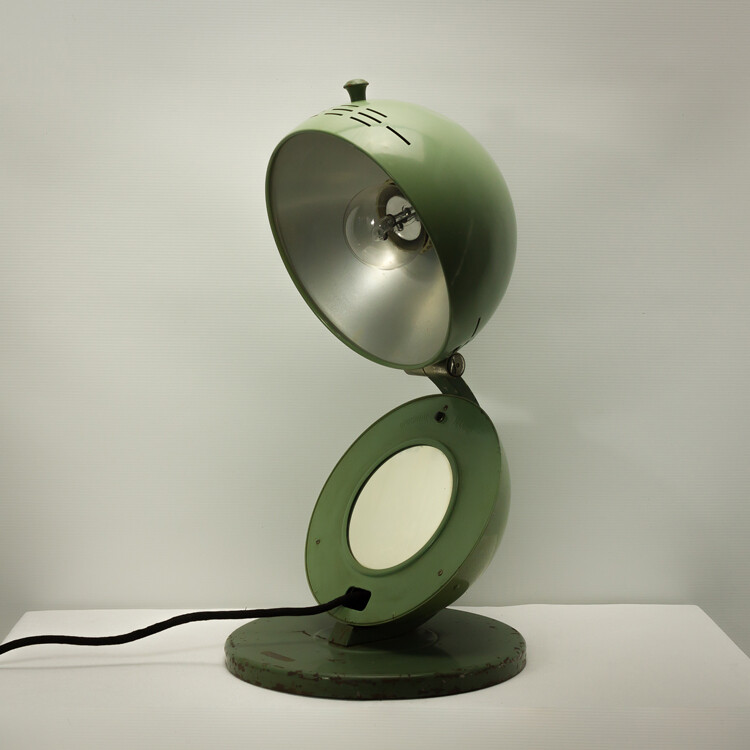

Original Hanau lamps were designed by Laszlo Moholy-Nagy at the AEG in the early 20th century. Source: Original Hanau.
Meanwhile, the Swiss physician Auguste Rollier began applying Finsen’s techniques all over patients’ bodies in 1903 in an approach called heliotherapy. His Leysin Sanatorium in the mountains of Switzerland—a Victorian-era hotel converted into a modern building with protruding sun balconies on every facade—was a haven for patients, most of whom were children suffering from tuberculosis, rickets, or sometimes both. Rather than apply light to treat specific areas the body, patients were treated to daily sunbaths, even in the winter months.
Rollier was a masterful promoter of his craft: he employed several photographers to take before-and-after shots of his patients, made use of recently invented X-rays, and even early color photography.13 His work was influential to the development of modern architecture. Rollier himself claimed that Le Corbusier was inspired by the design of Leysin sanatarium.14 Archives from the sanatorium show that he treated Bessie Bruce, the partner of Adolf Loos.15 And by 1933, the Royal Institute of British Architects (RIBA) promoted Rollier’s ideas.16 Rollier’s diagrams for a gradual solarization of the body, beginning with the ankles for five minutes and gradually increasing to the face, recalls the silhouettes and subdivisions of Le Corbusier’s Modulor. Le Corbusier even enshrined the principles of light therapy in the 1933 Athens Charter for CIAM:
Science, in its studies of solar radiations, has disclosed those that are indispensable to human health and those that, in certain cases could be harmful to it. The sun is the master of life… The sun must penetrate every dwelling several hours a day even during the season when sunlight is most scarce. Society will no longer tolerate a situation where entire families are cut off from the sun and thus doomed to declining health… To introduce the sun is the new and most imperative duty of the architect.17
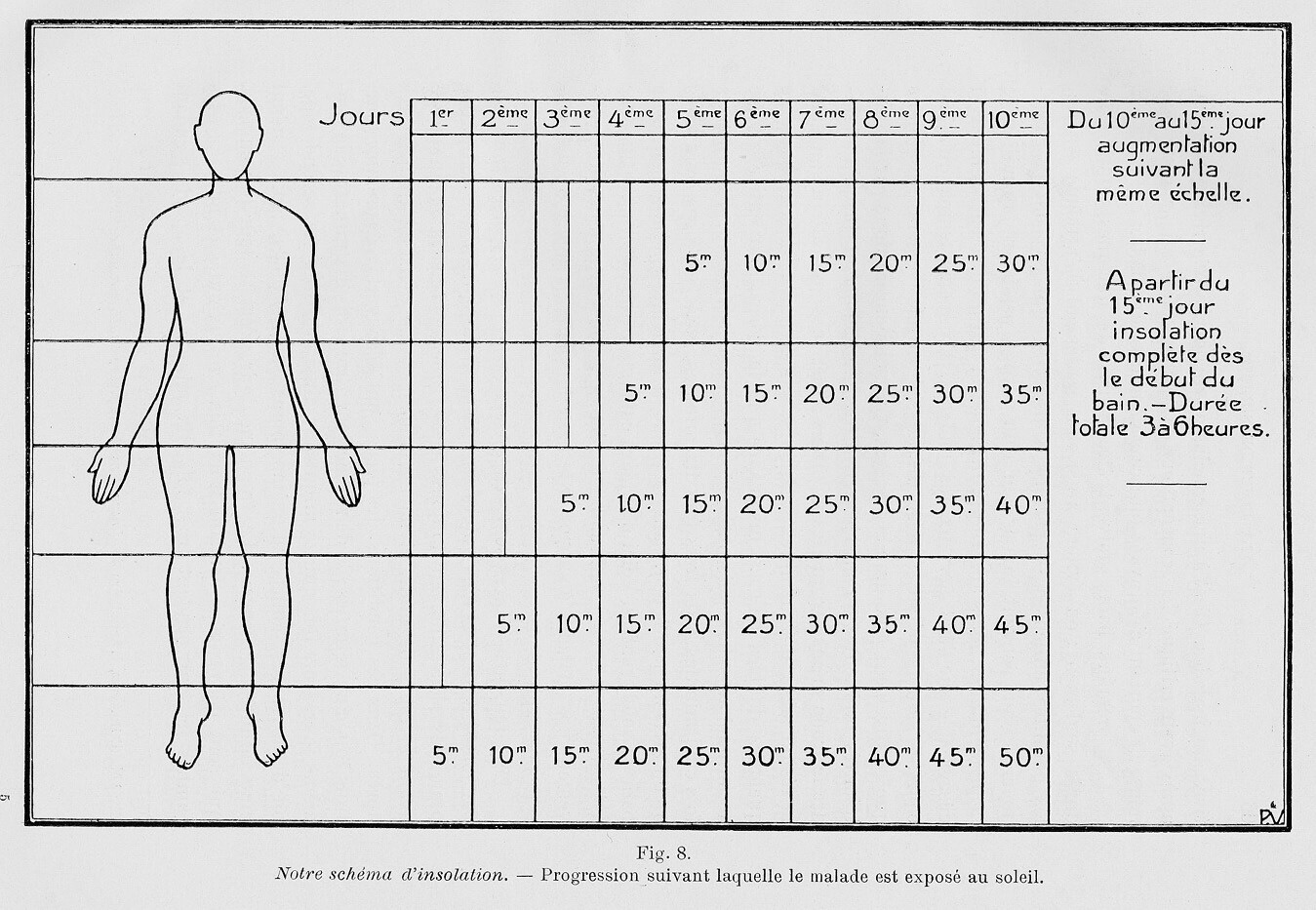
Rollier’s sun exposure chart. Source: Auguste Rollier, La Cure de Soleil (1915).

All activities in Rollier’s Alpine sanitorium in Leysin, even skiing in winter, were part of his heliotherapy methods. Source: Auguste Rollier, Quarante ans d’heliotherapie (1944).
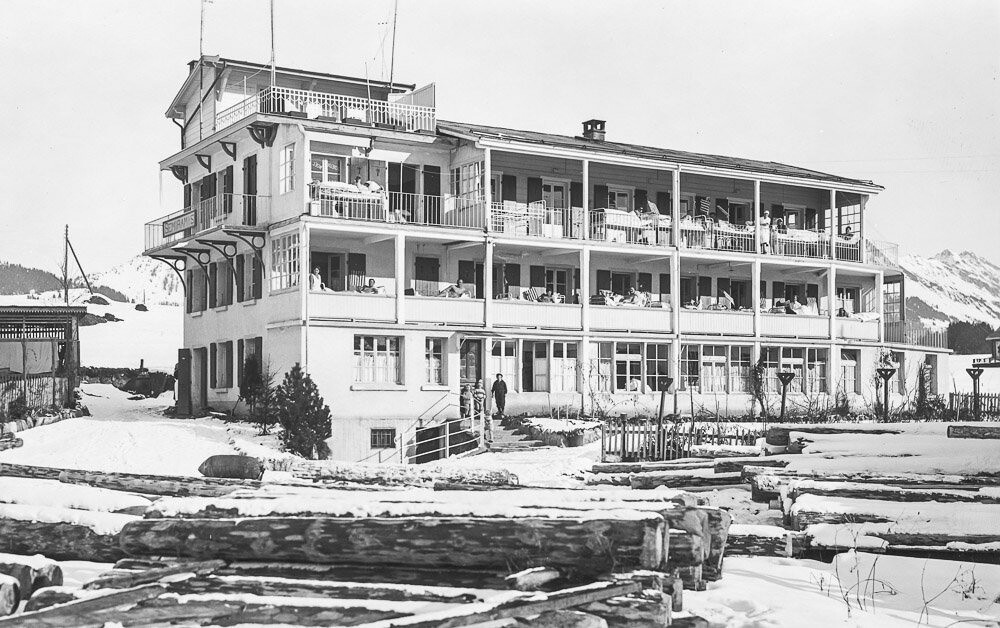
Rollier’s sanitoria in Leysin, Switzerland, circa 1930. His designs always called for southern-facing balconies in order to maximize sun exposure. Source: Auguste Rollier, Quarante ans d’heliotherapie (1944).
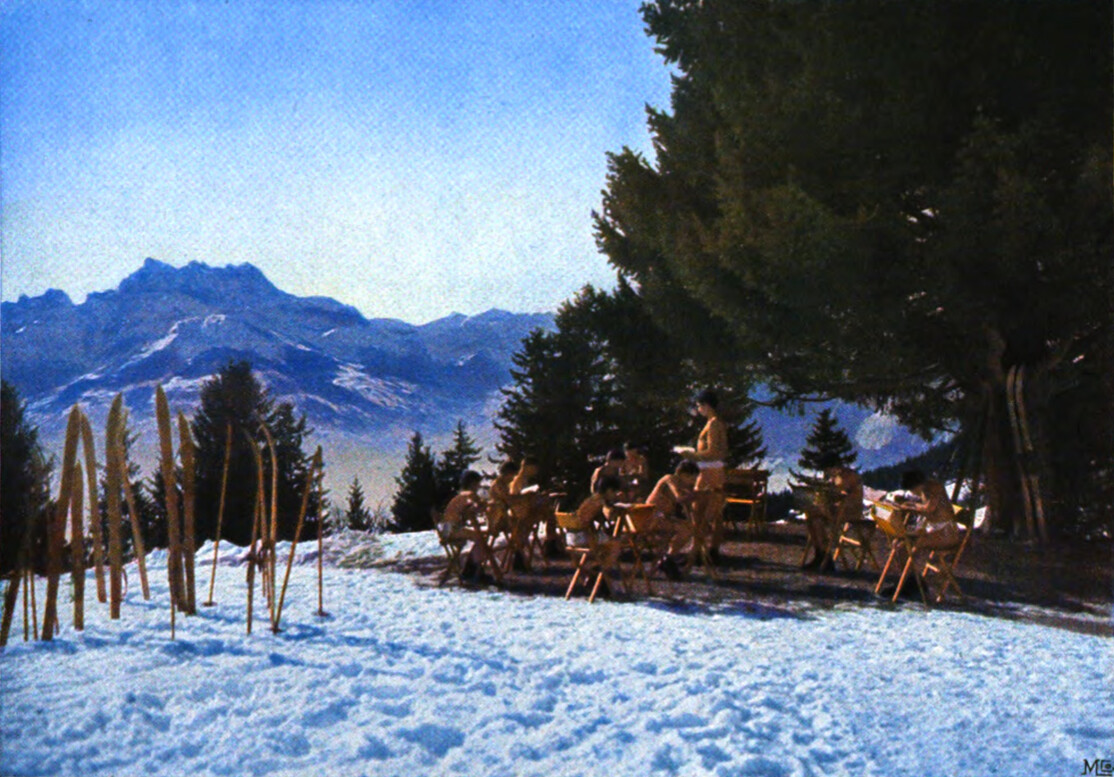
Rollier’s Alpine sanatorium in Leysin, Switzerland, where his patients, mostly children, would sunbath and play sports throughout winter in order to absorb the sun’s rays. Source: Auguste Rollier, La Cure de Soleil (1915).
Rollier’s sun exposure chart. Source: Auguste Rollier, La Cure de Soleil (1915).
The Discovery of Vitamin D
While architects found an ally for modern styles in Rollier’s techniques, medical professionals were not impressed. In the early decades of the twentieth century, the medicalization of sunlight moved from the macro to the molecular scale. Advancements in vitamin research rendered Rollier’s holistic techniques unreliable and suspicious. When Rollier presented his results to other physicians in Paris, the crowd walked out,18 and by 1934, The Council on Physical Therapy of the American Medical Association noted that “there is hardly a skin disease or condition for which some physician has not failed to claim good results with ultraviolet radiation.”19
The discovery of vitamins is credited to Polish biochemist Casimir Funk, who in 1912 hypothesized that some diseases could not be explained by bacteria or environmental influences, but by a lack of “accessory food factors.”20 Funk speculated that specific nutrients in food were necessary to cure common deficiency diseases of the time, some of which had been known as ancient folk-remedies, but which scientists could only now isolate. He termed these essential substances, “vital amines,” later shortened to “vitamines,” and finally dropping the “e” because not all of the compounds come from the amine group.
Between 1910 and 1920 four vitamins were discovered, named with an alphabetical letter, and attributed as a cure for a common deficiency disease: vitamin A was found in fish oils, and used to cure night-blindness; vitamin B was found in brown rice, and was used to treat beriberi, a cardiovascular disease; vitamin C was found in citrus fruits, and cured scurvy; and vitamin D was found in cod liver oil, and cured rickets.21 Concurrently, scientists working with Finsen’s lamps specified that ultraviolet light in the B range (between 280 and 315 nanometers) was key for synthesizing vitamin D on the skin.
By the early 1920s, then, vitamin D had two completely different sources: one from ultraviolet light, and the other from dietary sources. These twin sources were conflated by advertisers, which claimed that ultraviolet light had become an essential nutrient, and supplement manufacturers declaring “light is food.” Citizens were not only malnourished, but in fact, “sun-starved.”22 One British advertisement went on to clarify, “sunlight has become, for the whole world, a commodity rather than a mere stimulus… the conception of a ‘place in the sun’ is giving way to the conception of a ‘ration of sunlight,’ something to be possessed and consumed.”23
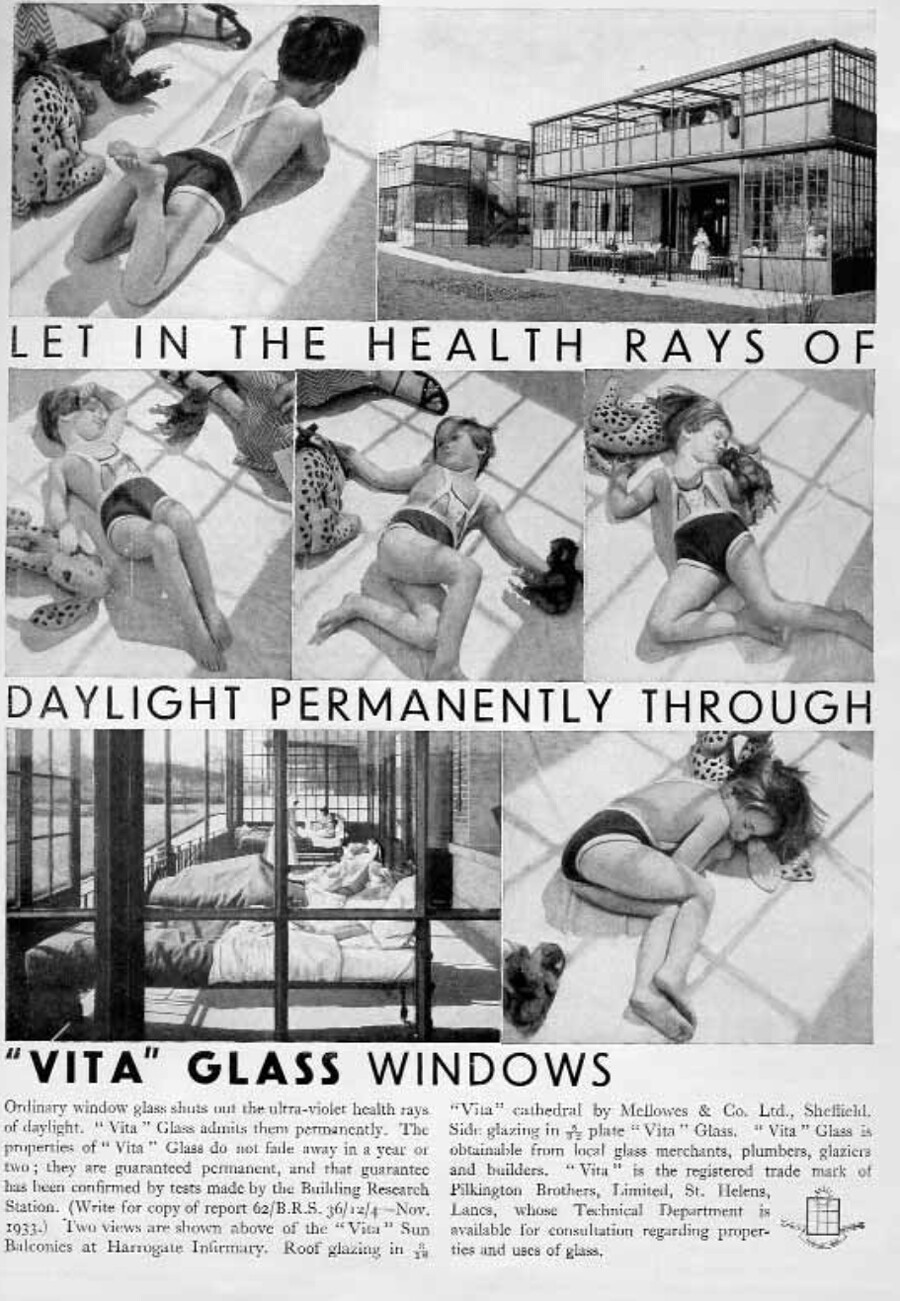

Vitaglass advertisement in Architectural Record 1935. Source: Reproduced from John Stanislav Sadar, Through the Healing Glass: Shaping the Modern Body Through Glass Architecture (2017).
Architecture as Vitamin
Humans are not the only ones affected by vitamin D deficiency and rickets; animals were too. At the turn of the twentieth century, the captive animals at the London Zoo regularly suffered from rickets. Francis Lamplough, a technologist who worked for Chance Bros., the same company that provided the sheet glass for Joseph Paxon’s Crystal Palace, was urged by the zoo’s director to come up with a solution. Finsen had observed that regular sheet glass absorbs ultraviolet radiation, and another scientist found that traces of iron impurities present in glass production was the cause. By 1925 Lamplough developed a method of sheet glass production that removed these ferrous bits to create a new type of window glass that effectively transmits ultraviolet B rays directly into buildings.24 The first installation of the experimental glass was at the Monkey House in the London Zoo to positive effects. Chance Bros. immediately saw an economic opportunity for the glass in private homes, and began advertising their reduced-iron glass as “Vitaglass,” short for “vitamin glass.”
Beyond the name, Vitaglass was marketed with explicit reference to nutrition and aimed towards health-conscious consumers. Modern architecture with modern glass turned the space of the home into “an investment for health.”25 The marketing firm F E Prichard & Company working with the Vitaglass Corporation inflated all recent research on vitamin D within their product, emphatically stating, “The case for Vitaglass is really exactly the same as that used for baby and adult proprietary foods.”26
The architectural historian John Stanislav Sadar indicates Vitaglass was used on over two hundred hospitals and schools worldwide.27 It was used also in domestic projects, such as Richard Neutral’s Health Demonstration-House (1927–1929) for Phillip and Leah Lovell in Southern California. Phillip Lovell was a practicing naturopath, anti-drug physician who advocated for natural methods, and “radical” in dietary and health matters.28 The house was an invitation by Lovell to showcase all the most up-to-date natural healing methods: sun bathing, natural lighting, ventilation, sports facilities, and sleeping balconies. In “Care for the Body,” a weekly column that Lovell wrote for the Los Angeles Times, he promoted the newly built home and laid out its health benefits:
There are plenty of opportunities throughout the house for nude sunbaths privately taken for each member. Many of the windows are of the latest invention of glass, admitting ultraviolet light. Sanitation and hygiene are the key note. The ventilation, sunshine, and light ideas are exceedingly modern.29
Lovell’s desire for a modern home was for the whole family, but its primary use would benefit children. The bulk of Rollier’s patients were children, and even the advertisement for Vitaglass present the body of a child as the primary benefactor. As the epidemic of rickets at the turn of the twentieth century mainly effected children, Lovell’s attention to adolescent care and growth needed to keep up with the latest in medicine and technology that would diminish such diseases. Lovell stated: “This home, in a sense, is being built mainly for the little ones. It is really a social school in which they will learn their life habits. Their customs will be molded and shaped their in.”30 After the Lovell house, Neutra used ultraviolet glass again in 1935 at the Corona Avenue School. The school featured southern-facing glass wall made from Lustraglass, a competitor with Vitaglass, which opened out directly into the garden.31 While perhaps a metaphor for the transparent school, its nickname as the “Test Tube School” truthfully implicates the growth, development, and care of children in a highly monitored and medicalized environment.32
Unlike Le Corbusier’s loud commands to let the sun in, Neutra sought softer methods, arguing that the modern architect should “digest the complex problems of today’s house into a new formal solution.”33 The use of the word “digest” here is striking. Perhaps Neutra was following Lovell’s decree that “next to diet … it is the physical or, in other words, the architectural environment of our nurseries which imprints itself most forcibly on our early physical and mental habits.”34 Modern, thoughtful, and coordinated architecture could create a healing environment, but proper nutrition always preceded it.
The Corona Avenue School was possibly the last use of UV glass in Neutra’s work. The Great Depression and the looming war made luxury vitamin glass hard to justify. Sadar explains that as soon as Vitaglass was produced, there was criticism towards its quantitative effects. An expert hygienist at Johns Hopkins University, for instance, showed that receiving sun through Vitaglass was not as effective as simply going outside in transmitting UV radiation.35 Pollution, grime, and dust accumulates on the outside of the window and reduces rates of transmission, and inside, people often wear clothes. They also questioned how many hours a day someone might spend right next to their window.
As the economics and science of ultraviolet glass dwindled, scientists found cost-effective ways of distributing and ameliorating vitamin D deficiency though food. During World War II, the American Medical Association recommended radiating milk and wheat with ultraviolet light, thereby fortifying it with vitamin D. Quickly administered both during and after the war, this practice effectively eradicated rickets together with the architecture market for ultraviolet glass.36 Still, modern architecture’s commitment to sunshine endured. Modern architecture was not so much a response to changes in technology and medicine as medical equipment itself.37
Marilynn S. Olson, Donald W. Olson, and Russell L. Doescher, “On the Blood-Red Sky of Munch’s The Scream,” Environmental History 12 (January 2007): 131. For more artists influenced by the eruption, see C. S. Zerefos, V. T. Gerogiannis, D. Balis, S. C. Zerefos, A. Kazantzidis, “Atmospheric effects of volcanic eruptions as seen by famous artists and depicted in their paintings,” Atmospheric Chemistry and Physics, European Geosciences Union, 7 (August 7, 2007).
John Ruskin, “The Storm Cloud of the Nineteenth Century,” in The Seven Lamps of Architecture: also, Lectures on Architecture and Painting; The Study of Architecture; Sesame and Lilies; Unto This Last; The Queen of the Air; The Storm-Cloud of the Nineteenth Century. (Boston: Aldine, 1890), 391.
Seth T. Reno, Early Anthropocene Literature in Britain, 1750-1884 (London: Pallgrave Macmillan, 2020): 104–107.
See Beatriz Colomina, X-Ray Architecture (Zurich: Lars Müller Publishers, 2016); Paul Overy, Air, Light, and Openness (London: Thames & Hudson, 2007).
J. Zappert, “Rickets (rachitis),” in Diseases of Children, ed. A. Jacobo (New York: Appleton, 1910), 12.
Daniel Whistler, De moro pueril anglorum, quem idiomate indigenae vocant The Rickets, Lugduni Batavorum, 1645.
Beatriz Colomina, X-Ray Architecture, 10.
Russell W. Chesney, “Theobald Palm and his remarkable observation: How the Sunshine Vitamin Came to be Recognized,” Nutrients 4 (2012). 45.
T. A. Palm, “The Geographical Distribution and Ætiology of Rickets,” Practitioner 45 (1890). 272.
Palm, 335.
Palm, 274. Emphasis original.
Andrzej Grzybowski and Krzysztof Pietrzak, “From patient to discover—Niels Ryberg Finsen (1860-1904)—the founder of modern phototherapy in dermatology,” Clinics in Dermatology 30, no. 4 (2012): 451–455.
See Tania Anne Woloshyn, “Patients rebuilt: Dr Auguste Rollier’s heliotherapeutic portraits, c.1903–1944,” Medical Humanities 29 (March 2013): 38.
Coincidentally, both were born in two small villages near each other in the Neuchâtel canton, Switzerland. For the connection see Lyra Kilston, Sun Seekers: The Cure of California (Los Angeles: Atelier Éditions, 2019), 63. For more indirect connections between Rollier and Le Corbusier see Richard A. Hobday, “Sunlight Therapy and Solar Architecture,” Medical History 42 (1997).
Tania Anne Woloshyn, Soaking Up the Rays: Light Therapy and Visual Culture in Britain, 1890-1940. (Manchester: Manchester University Press, 2017), 45, fn. 76.
Royal Institute of British Architects, “The Orientation of Buildings,” (London: Royal Institute of British Architects, 1933), 3.
Le Corbusier, The Athens Charter (New York: Grossman, 1973), Article 26.
Richard A. Hobday, “Sunlight Therapy and Solar Architecture,” Medical History 42 (1997): 464.
G. M. Mackee, “Ultraviolet Therapy in Dermatology,” Journal of the American Medical Association 83, no. 18 (1932): 1553–1561.
Casimir Funk, The Vitamines, translated by Harry E. Durbin. (Baltimore: Williams & Wilkins Company, 1922).
For more on the development of dietary vitamin D, see: Philippe Hernigou, Jean Charles Auregan, and Arnaud Dubory, “Vitamin D: part II; cod liver oil, ultraviolet radiation, and eradication of rickets,” International Orthopaedics 43 (2019): 740–742.
Woloshyn, Soaking up the Rays.
Ibid.
John Stanislav Sadar, “The healthful ambiance of Vitaglass: light, glass and curative environment,” Architecture Research Quarterly 12, no. 3/4 (2008): 272.
Sadar, Through the Healing Glass, 11.
Ibid.
Ibid.
Thomas S. Hines, Richard Neutra and the Search for Modern Architecture: A Biography and History (Berkeley, CA: University of California Press, 1994), 96.
Phillip Lovell, “Care for the Body” Los Angeles Times (December 15, 1929).
Likely from Phillip Lovell’s “Care for the Body” column in the LA Times. Quoted in Hines, Richard Neutra and the Search for Modern Architecture, 108.
On Lustraglass see Sadar, Through the Healing Glass, 168.
“‘Test Tube’ School Open,” Los Angeles Times (October 14, 1935). 9.
Richard J. Neutra, “Contemporary Developments of the Unconventional House,” in Greta Grey, House and Home: A Manual and Textbook of Practical House Planning, (Philadelphia: J.B. Lippincott Company, 1935), 194.
Ibid., 194–195.
Sadar, Through the Healing Glass, 15.
Judith A. Quick and Elizabeth W. Murphy eds., “The Fortification of Foods: A Review,” United States Department of Agriculture, Food Safety and Inspection Service, Agricultural Handbook Number 598 (July 1982). 2.
Colomina, 94.
Sick Architecture is a collaboration between Beatriz Colomina, e-flux Architecture, CIVA Brussels, and the Princeton University Ph.D. Program in the History and Theory of Architecture, with the support of the Rapid Response David A. Gardner ’69 Magic Grant from the Humanities Council and the Program in Media and Modernity at Princeton University.







